- Hugely practical interior
- Excellent hybrid drivetrain is punchy yet efficient
- Easy and enjoyable to drive
- Long wait time for hybrid models
- Low-res interior screens
- Material quality could be better
Toyota’s hybrid technology has been around for more than 25 years, saving millions of drivers millions of litres of fuel since the first Prius was released in 1997. But in Australia, Toyota’s hybrid revolution only really began when it started offering other models in the range, such as the Camry and Corolla hybrids. The recent prises in fuel prices have sent demand for hybrid vehicles even higher, with even longer waits for hybrid models than regular petrol models – though the longest wait in Australia is for the Toyota RAV4 hybrid. We recently had a week behind the wheel of what is the most popular hybrid vehicle in Australia, the 2022 Toyota RAV4 Cruiser Hybrid, to see if a wait time of up to two years is worth it for such a mainstream car.
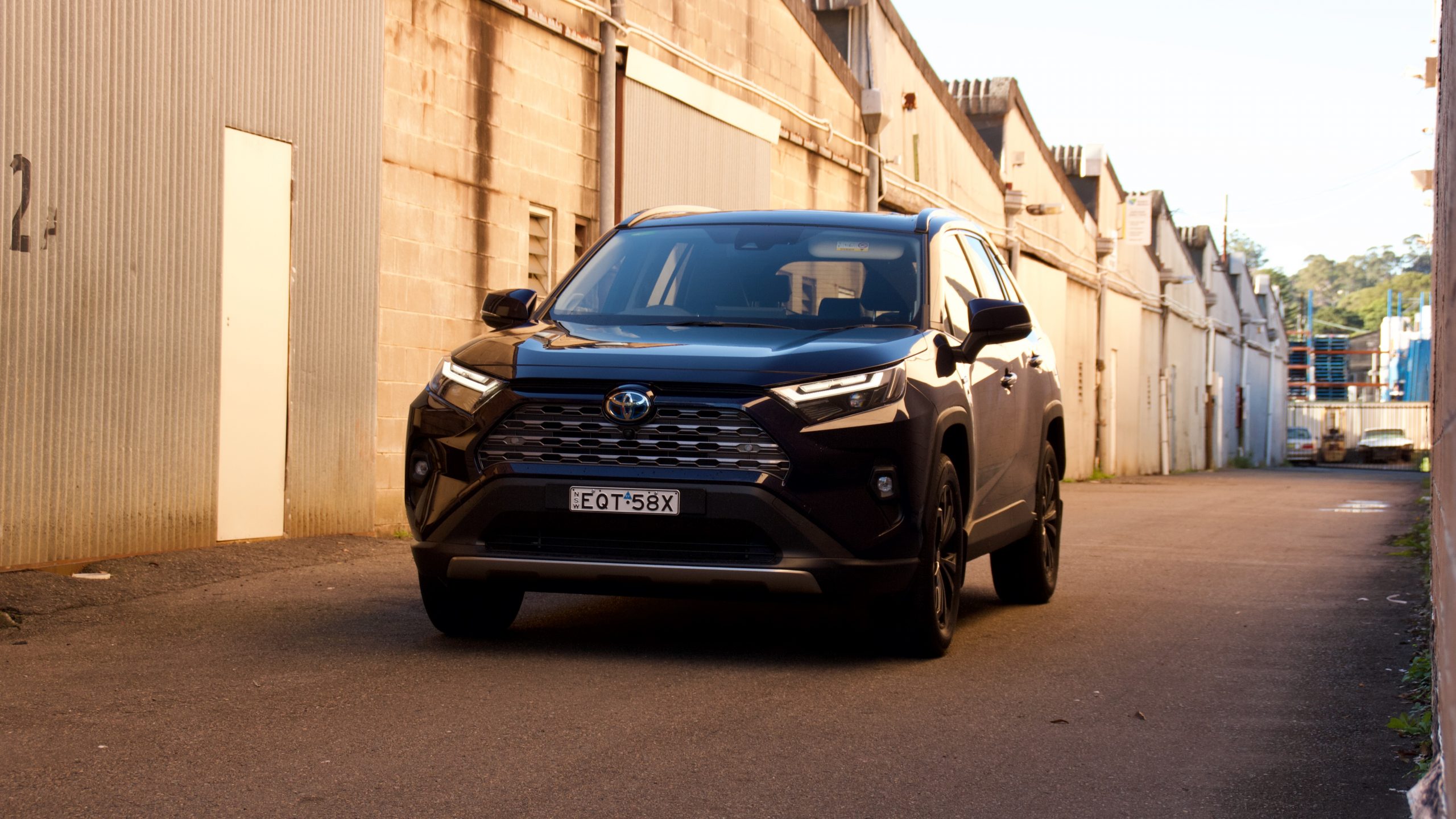
Judging by the RAV4’s sales success as the highest selling passenger vehicle of both 2020 and 2021, Australian buyers are loving it. However, there is a problem—the RAV4 is the poster child of long new car wait times in Australia, with most dealers quoting 18 to 24 month waits for the most popular Cruiser Hybrid variant. Add in persistent and ever increasing demand for the Hybrid RAV4 and wait times keep getting pushed out further and further. So, the question we’re faced with answering: is the updated RAV4 Cruiser Hybrid worth waiting up to two years for? Read the rest of our review to find out.
Price & Equipment: 8/10
Pricing for the 2022 RAV4 range starts at $34,300 plus on road costs (around $39,000 drive away, depending on location) for the base GX. Our test car was the 2022 Toyota RAV4 Cruiser Hybrid 2WD with premium paint and the black leather interior, listed at $45,675 plus on-road costs (around $51,000 drive-away, depending on location).
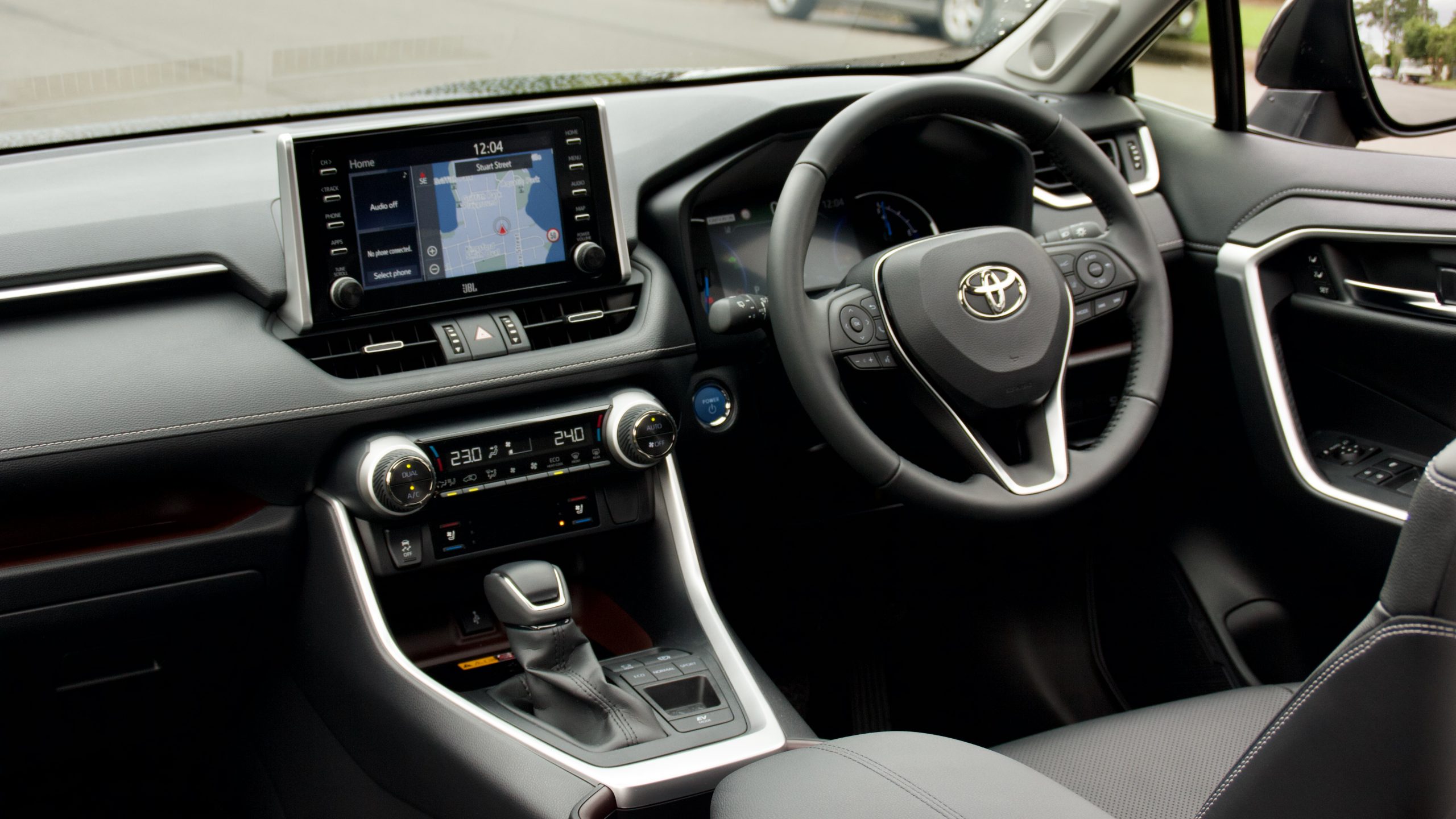
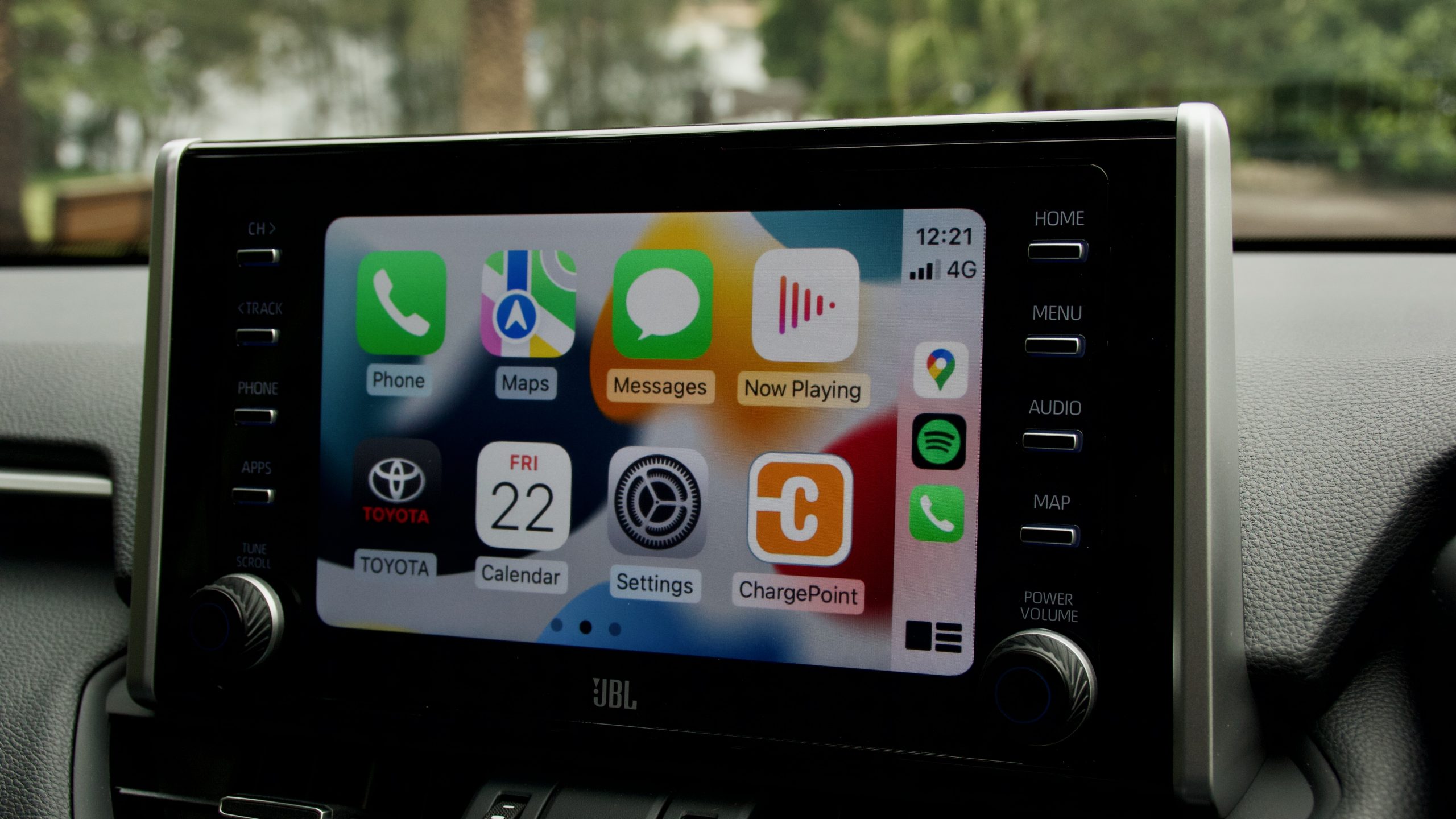
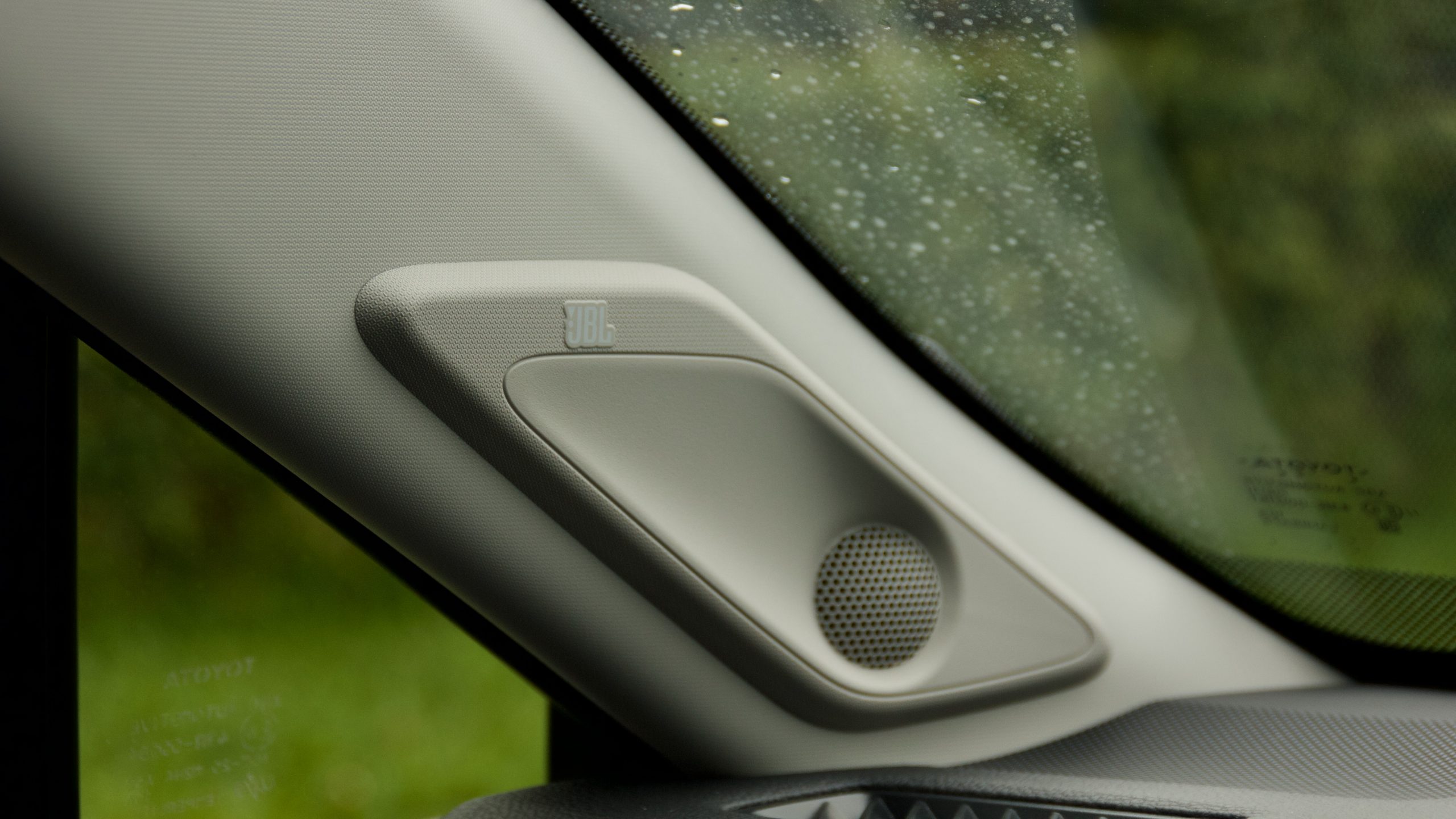
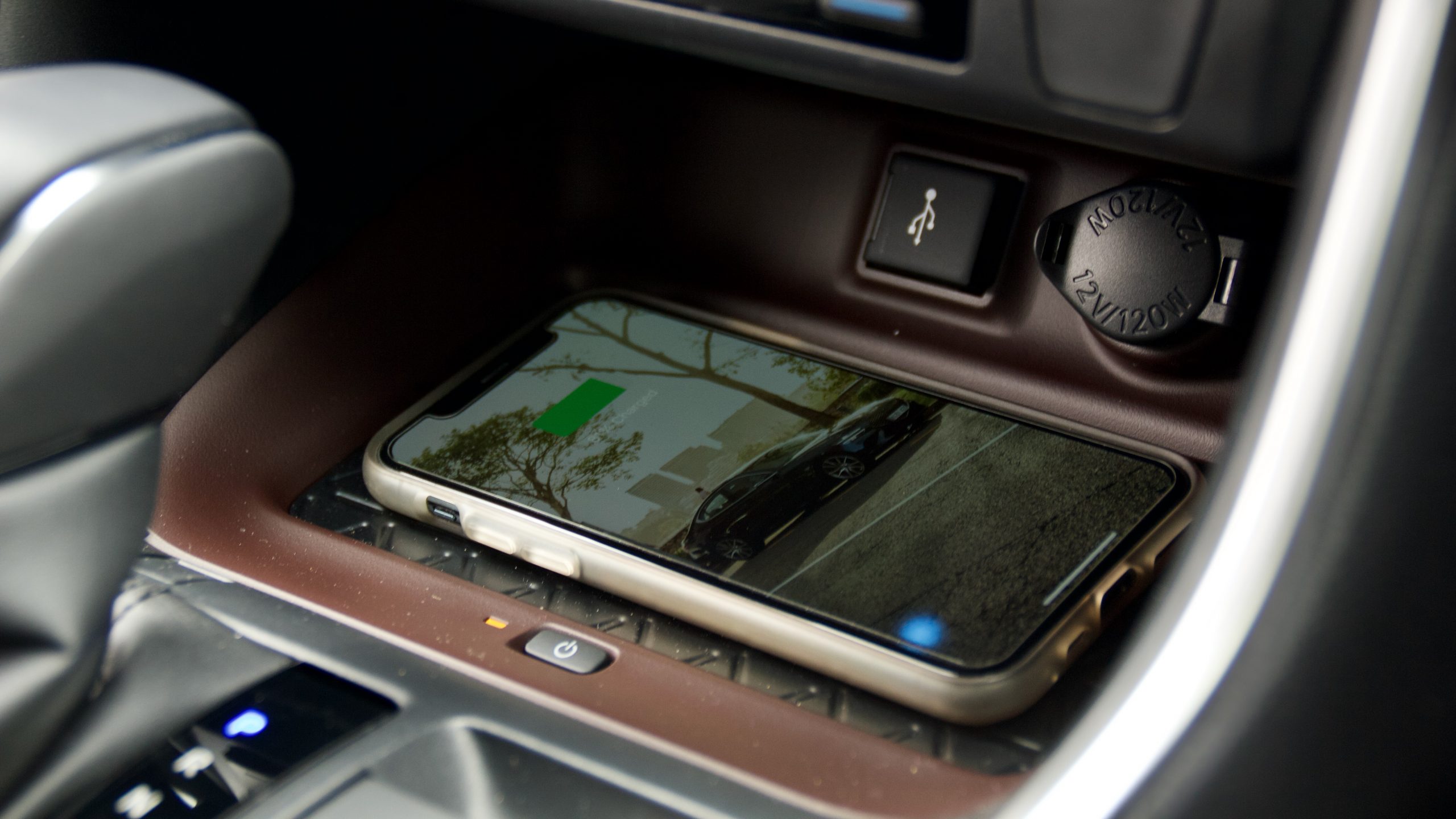
The Cruiser sits one below the top-spec Edge in the RAV4 range, and is quite well equipped. Standard kit includes LED lighting, auto lights and wipers, a sunroof, 18-inch black wheels, leather upholstery with heated and cooled front seats, a 10-way power adjustable driver’s seat with memory, an eight-way electric front passenger seat, a 7.0-inch driver’s display, five USB charging ports, wireless charging, keyless entry and start, heated/auto-folding mirrors, a digital rear mirror and an electric tailgate. Infotainment is handled by an 8.0-inch touchscreen that has wired Apple CarPlay, Android Auto, digital radio, satellite navigation, and a nine-speaker JBL sound system.
The RAV4 Cruiser’s safety package includes seven airbags, a 360-degree parking camera, front and rear parking sensors, auto high beam, auto emergency braking (AEB) with both pedestrian and cyclist detection, speed sign recognition, driver attention monitoring, adaptive cruise control featuring stop and go functionality, lane departure warning with lane trace assist, and blind-spot monitoring with rear cross-traffic alert.
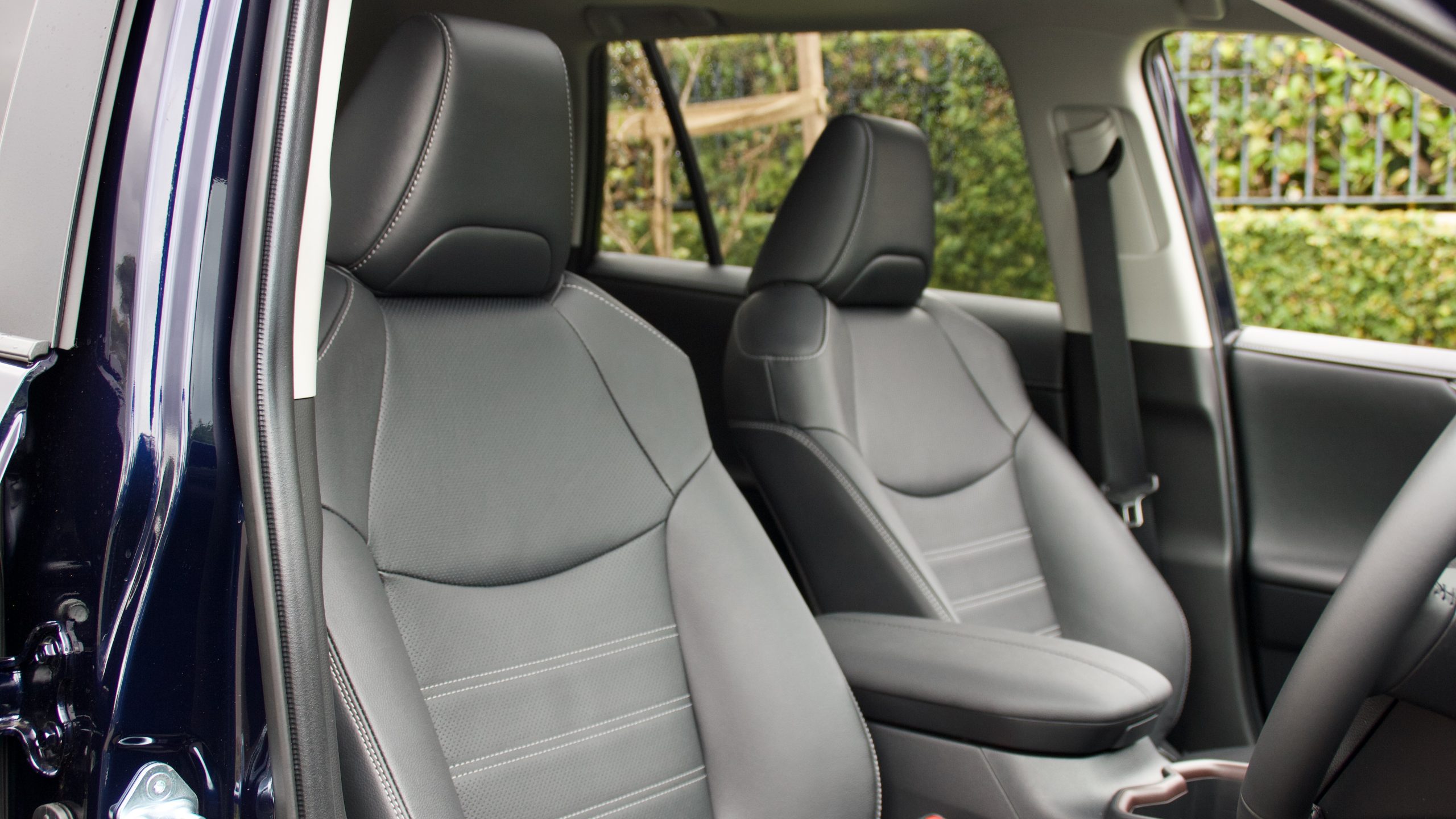
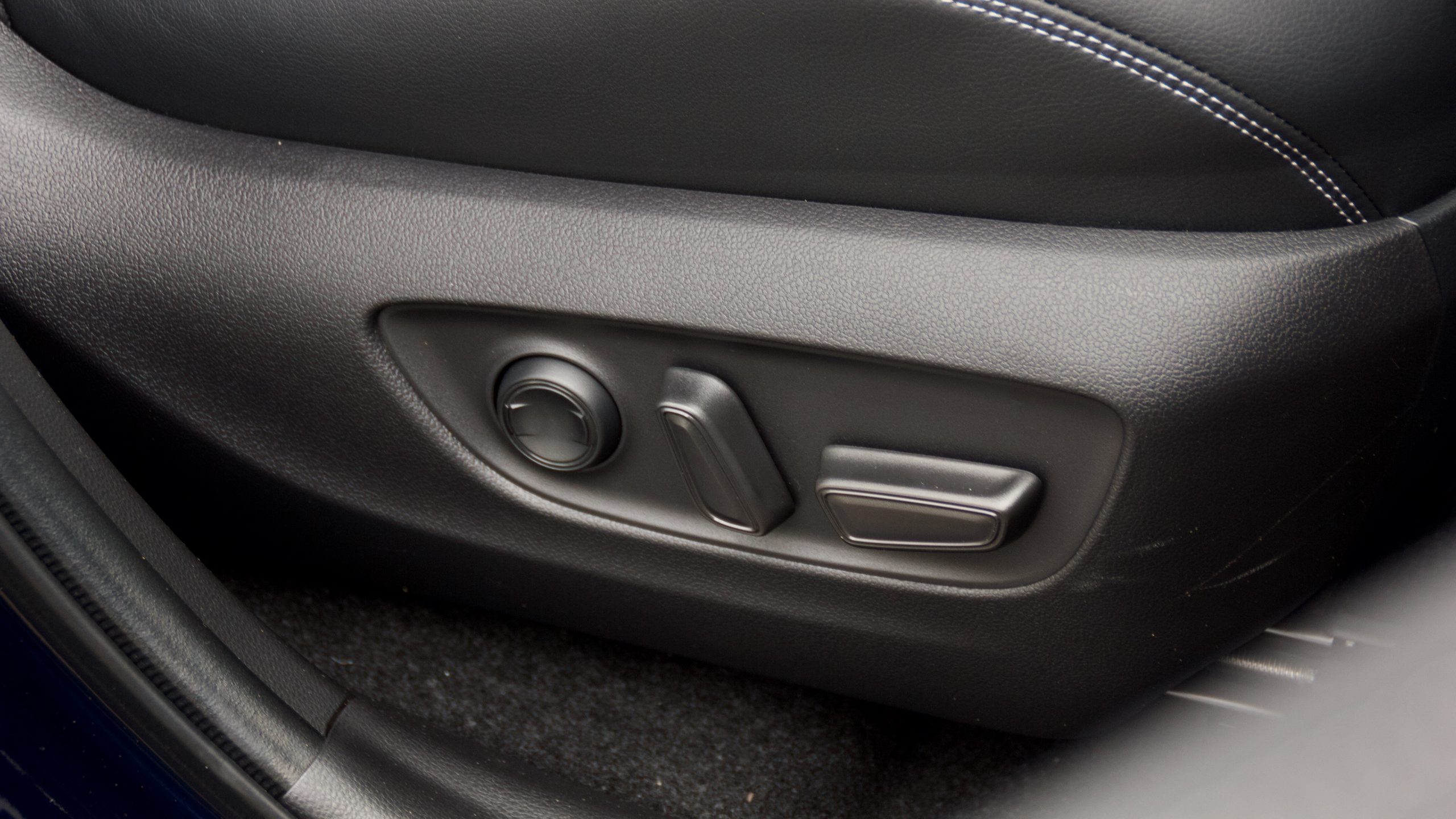
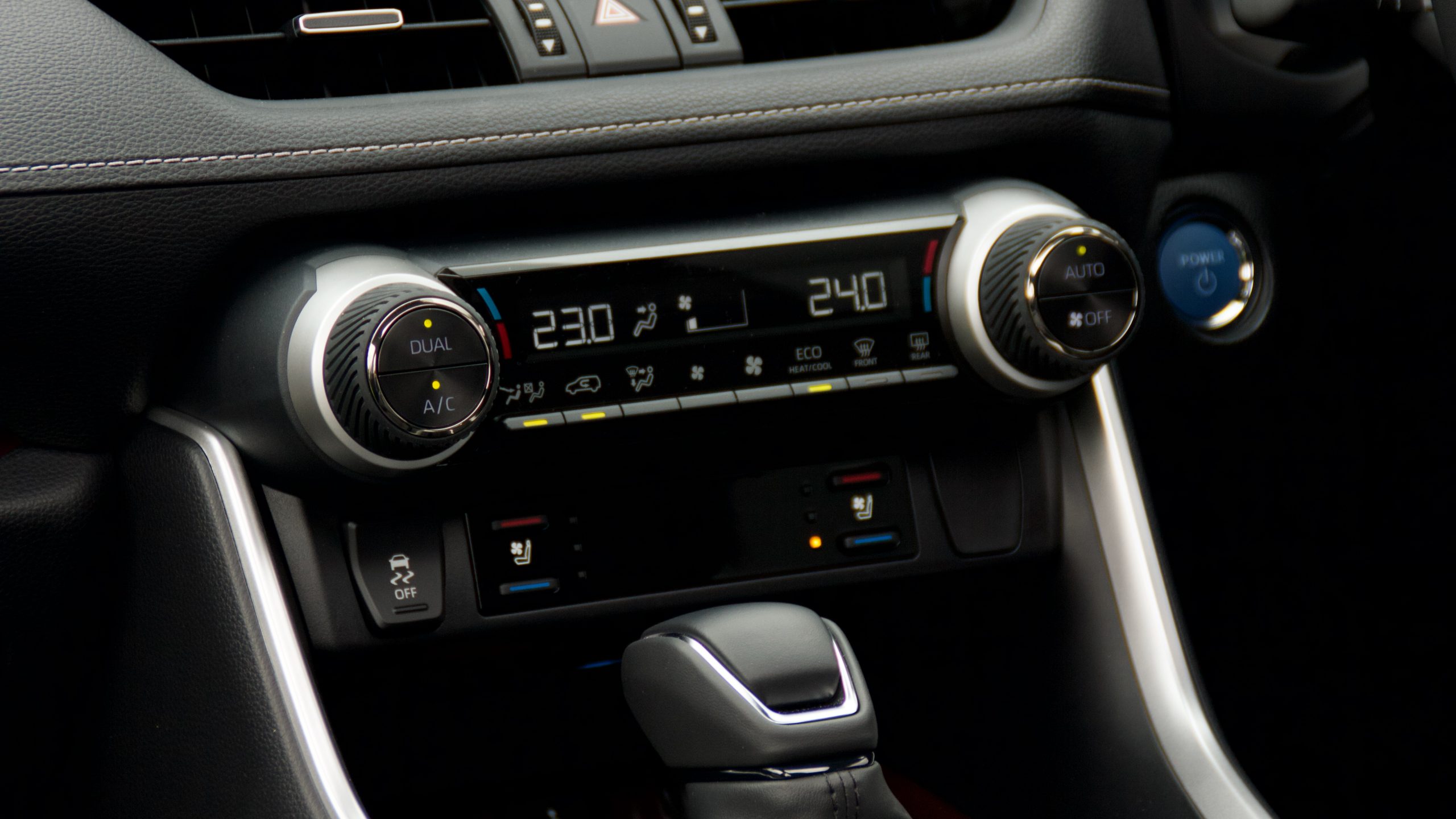
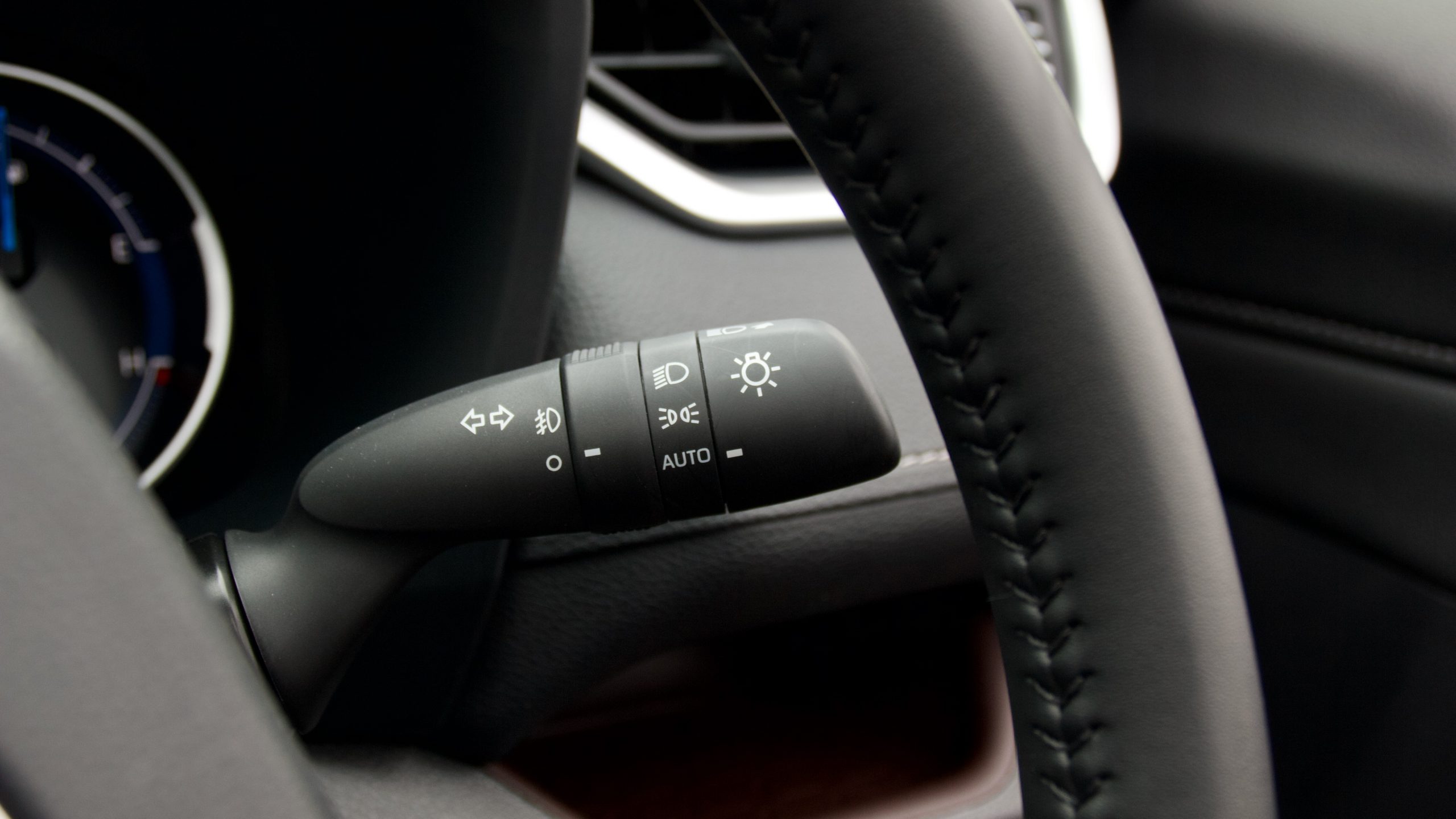
This is a decent equipment list, but there are a few things we think are missing. At this price point a heads-up display, panoramic sunroof (curiously only available on the petrol Edge model), active braking for the rear cross-traffic alert (which the Edge model has) and remote start should all be on the equipment list.
The only non-cost colour for the 2022 Toyota RAV4 Cruiser Hybrid is the flat ‘Glacier White’. The other colours are a $675 premium: ’Crystal Pearl’, ‘Silver Sky’, ‘Graphite’, ‘Eclipse Black’ ‘Atomic Rush’ (red), ‘Mineral Blue’ and our test car’s ‘Saturn Blue’. Our test car’s interior was black, but a no-cost beige option is also available.
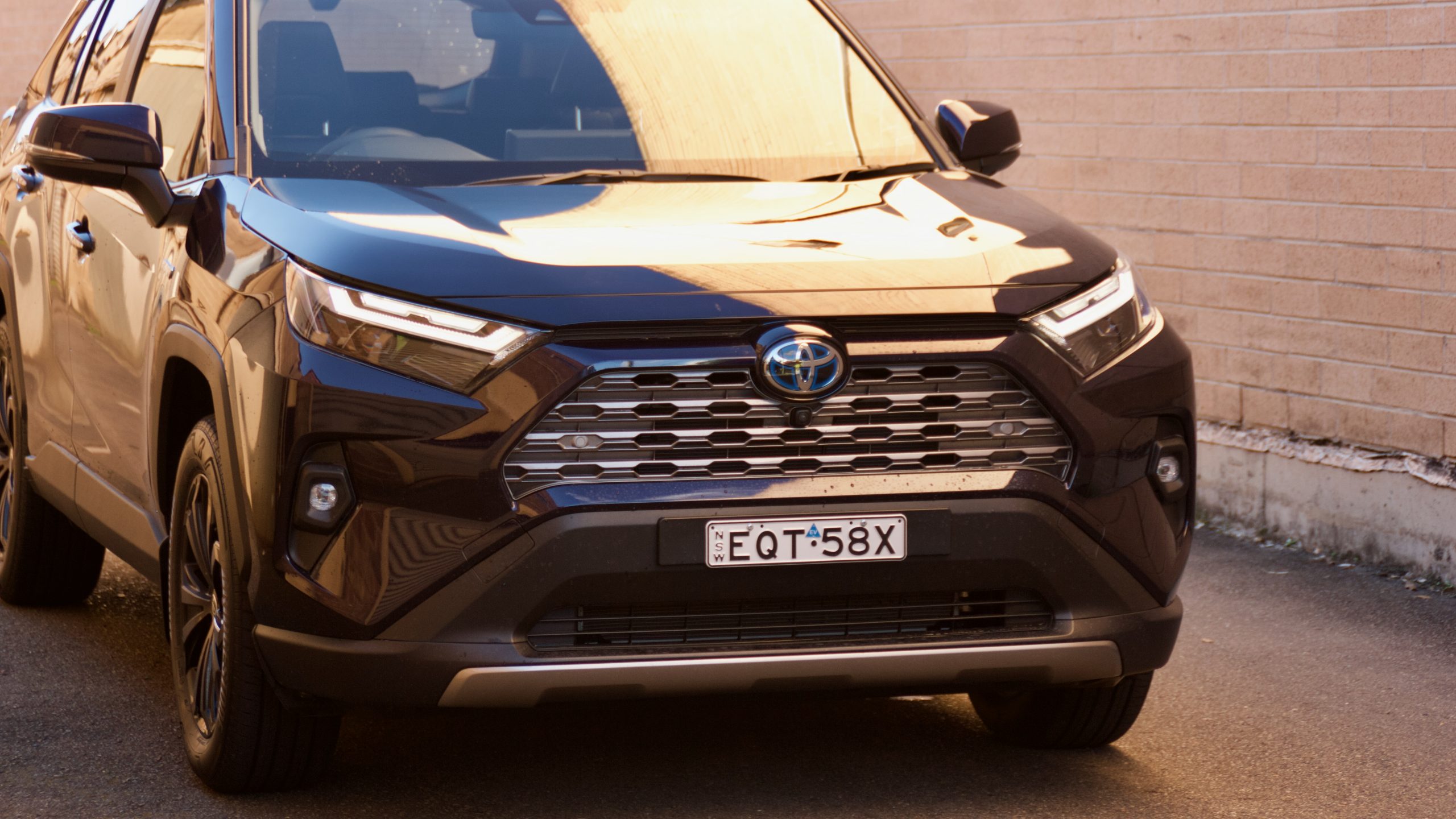
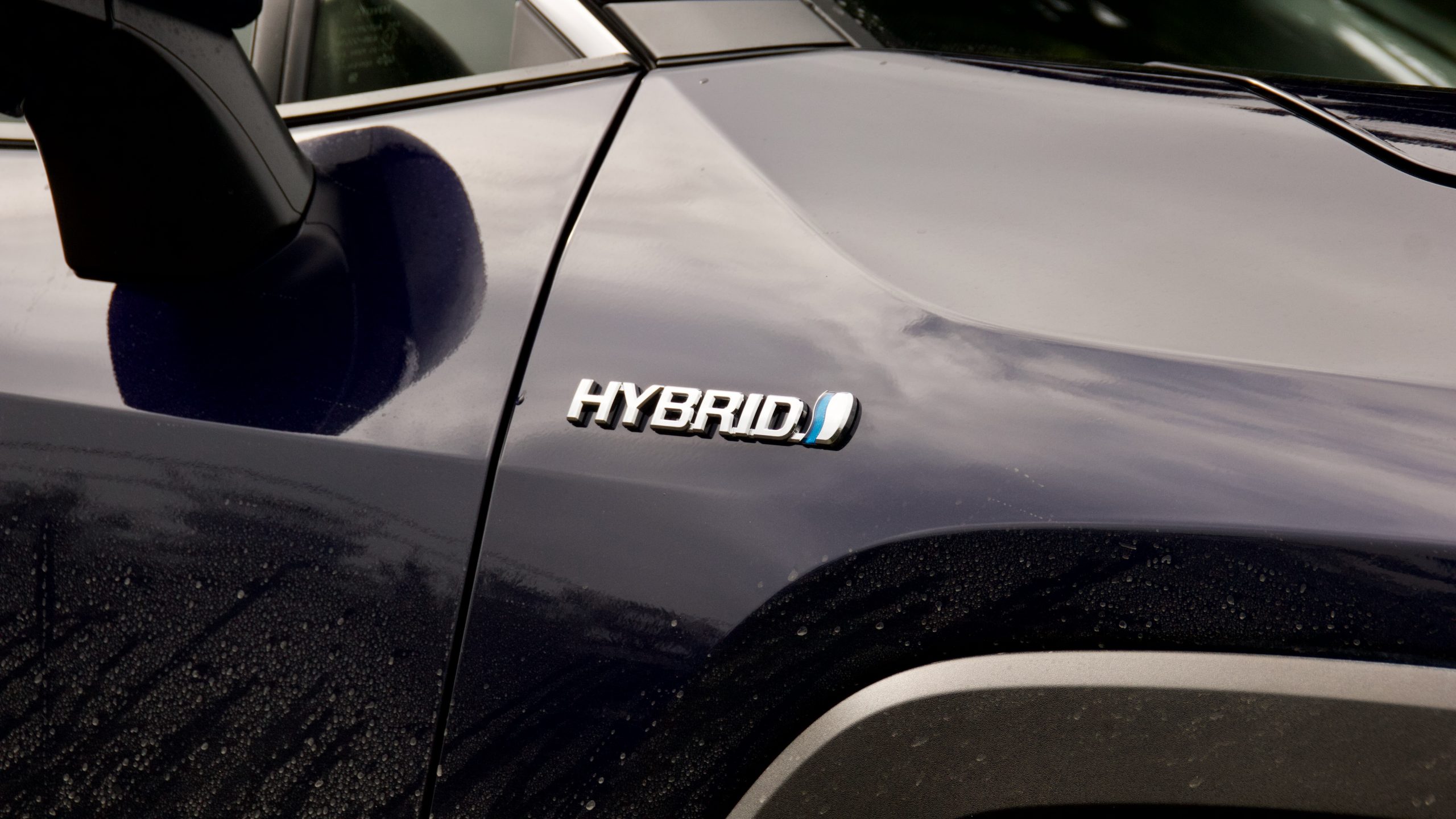
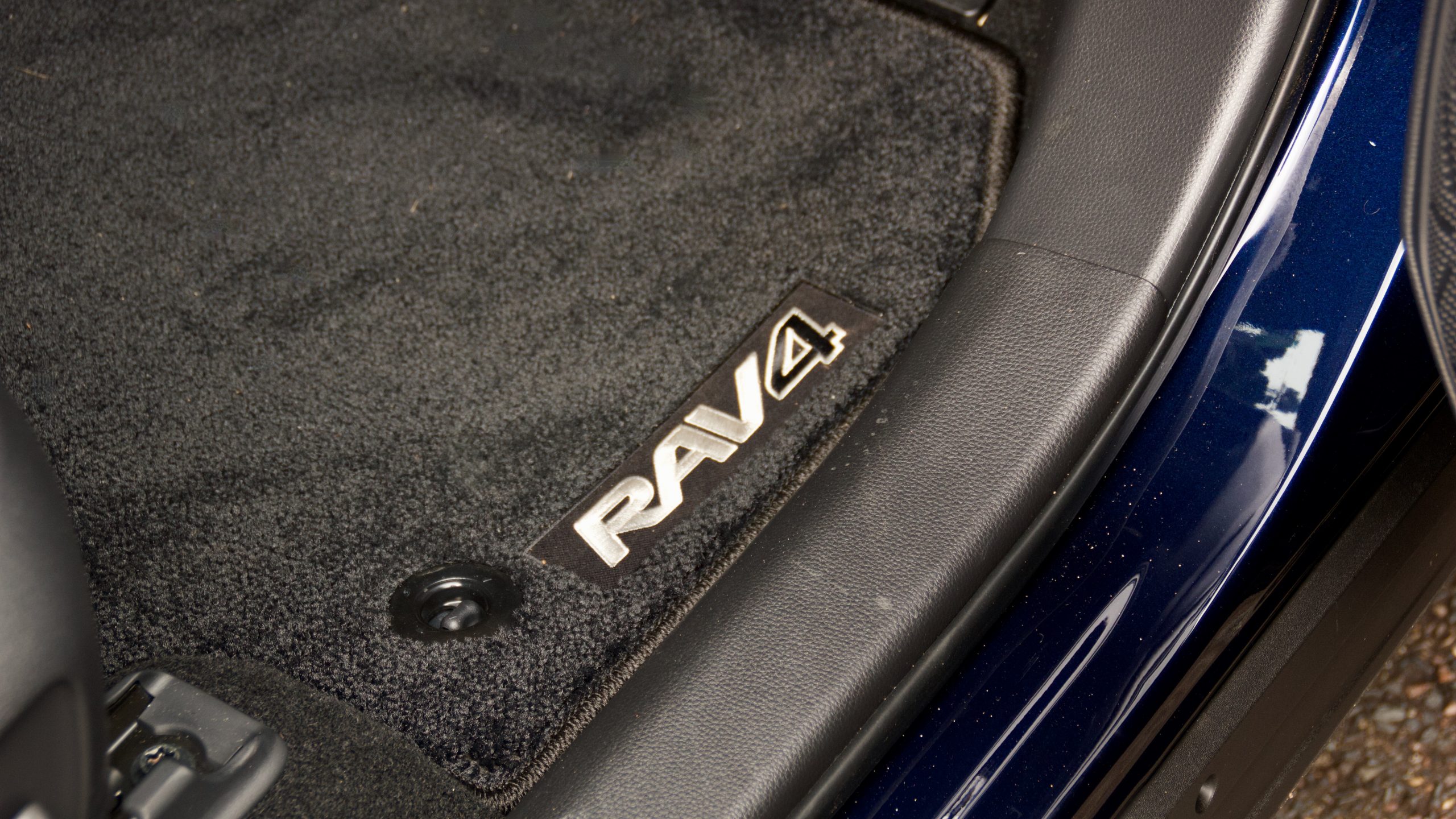
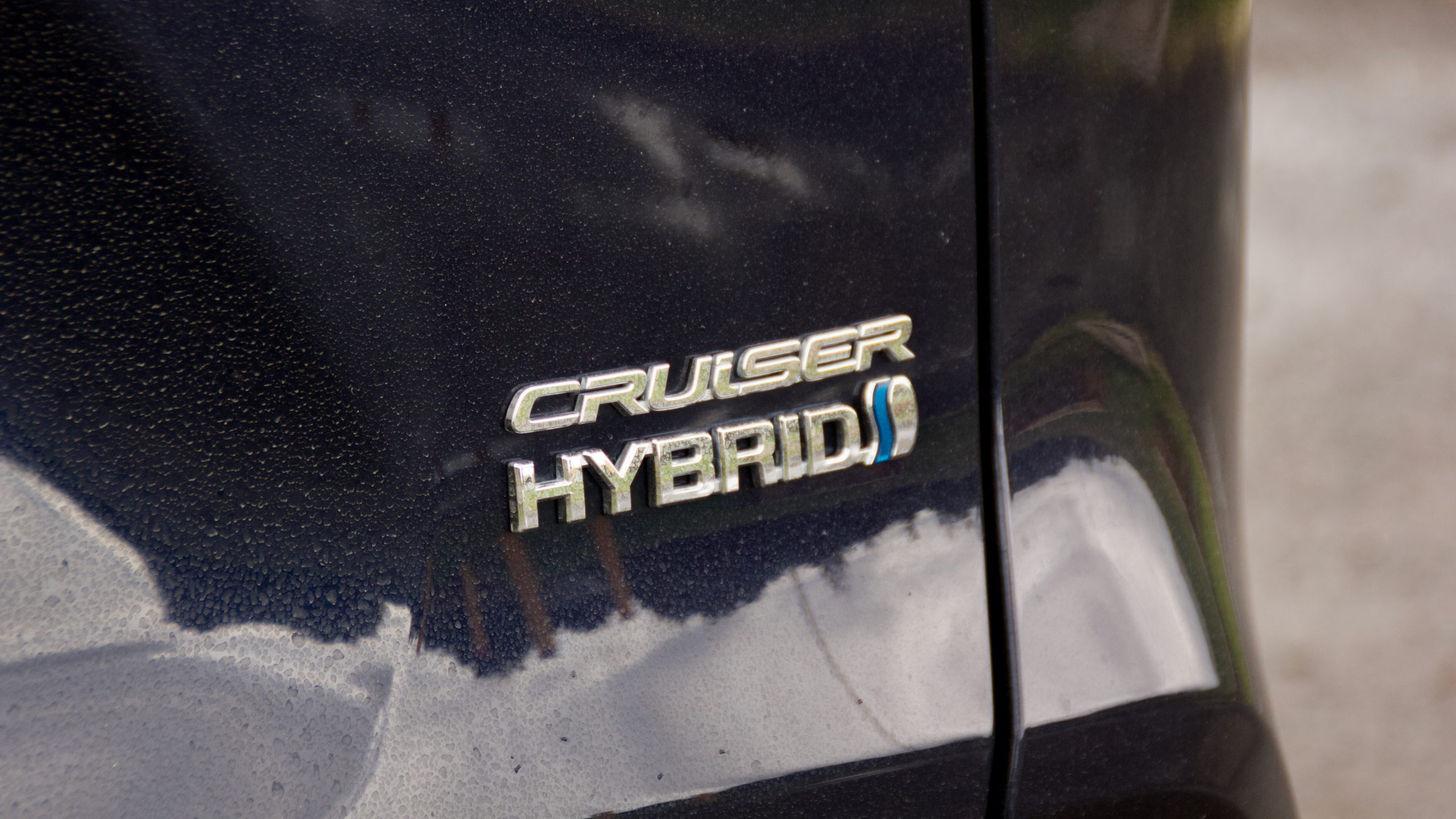
Despite the huge sales success of the RAV4 hybrid, there is still a lack of comparably sized vehicles with hybrid drivetrains. The Haval H6 Ultra Hybrid from$45,990 (drive-away) is the most comparable car, being a ‘self-charging’ hybrid. The Subaru Forester Hybrid S, priced from around $46,500 drive away, looks like a direct competitor, but in reality, is a mild hybrid that doesn’t match the efficiency of the RAV4 Hybrid. The Ford Escape ST-Line PHEV from around $58,500 drive-away is a similar size, but is a plug-in hybrid, so a completely different philosophy to the former three cars. We think that compared to these cars, taking into consideration their abilities and pricing, the RAV4 is priced quite well.
There are plenty of similarly sized and equipped petrol-powered SUVs, including the Kia Sportage GT-Line from around $54,500 drive-away and only available with AWD, Mazda CX-5 GT SP from around $54,000 drive-away and also only available in AWD and the two-wheel drive Hyundai Tucson Highlander 2.0L petrol, which is priced from around $51,000 drive-away.
Performance & Economy: 9/10
The hybrid system in the two-wheel drive RAV4 teams an electric motor with a 2.5-litre naturally aspirated ‘Dynamic Force’ engine. The electric motor puts out 88kW with 202Nm of torque and the petrol motor adds 131kW at 5700rpm and 221Nm of torque in the 3600rpm−5200rpm range. Toyota quotes a combined output of 160kW.
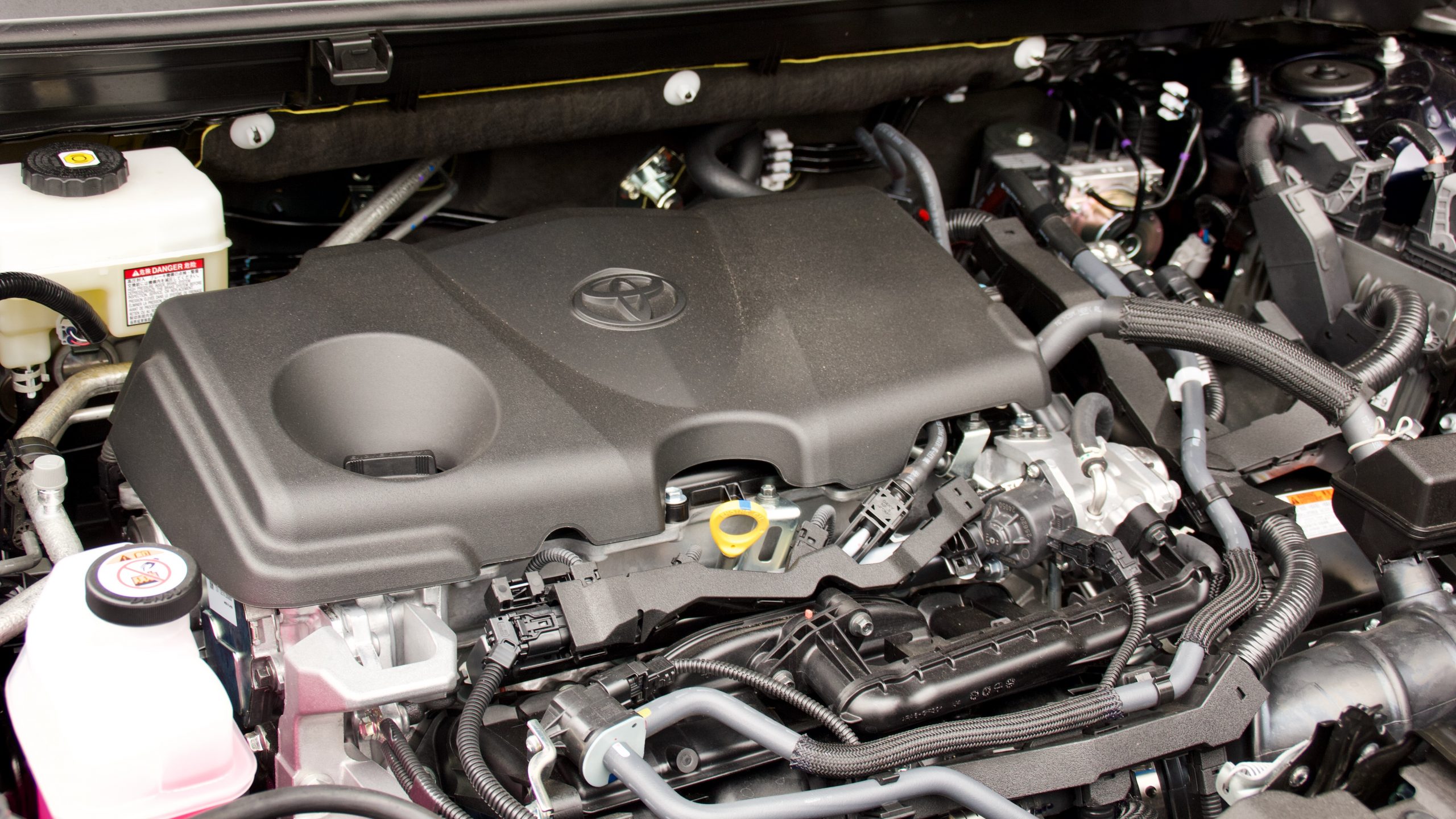
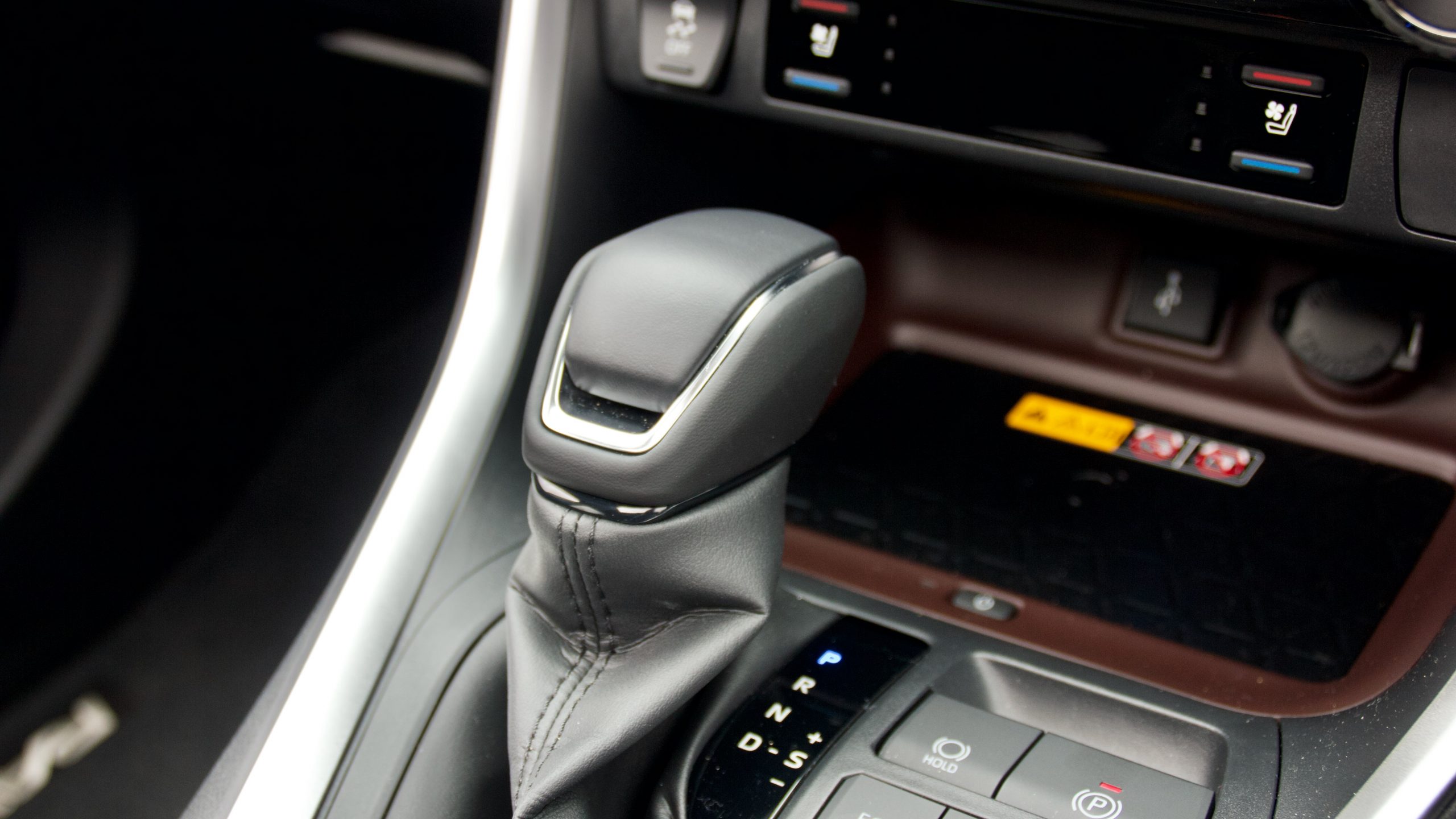
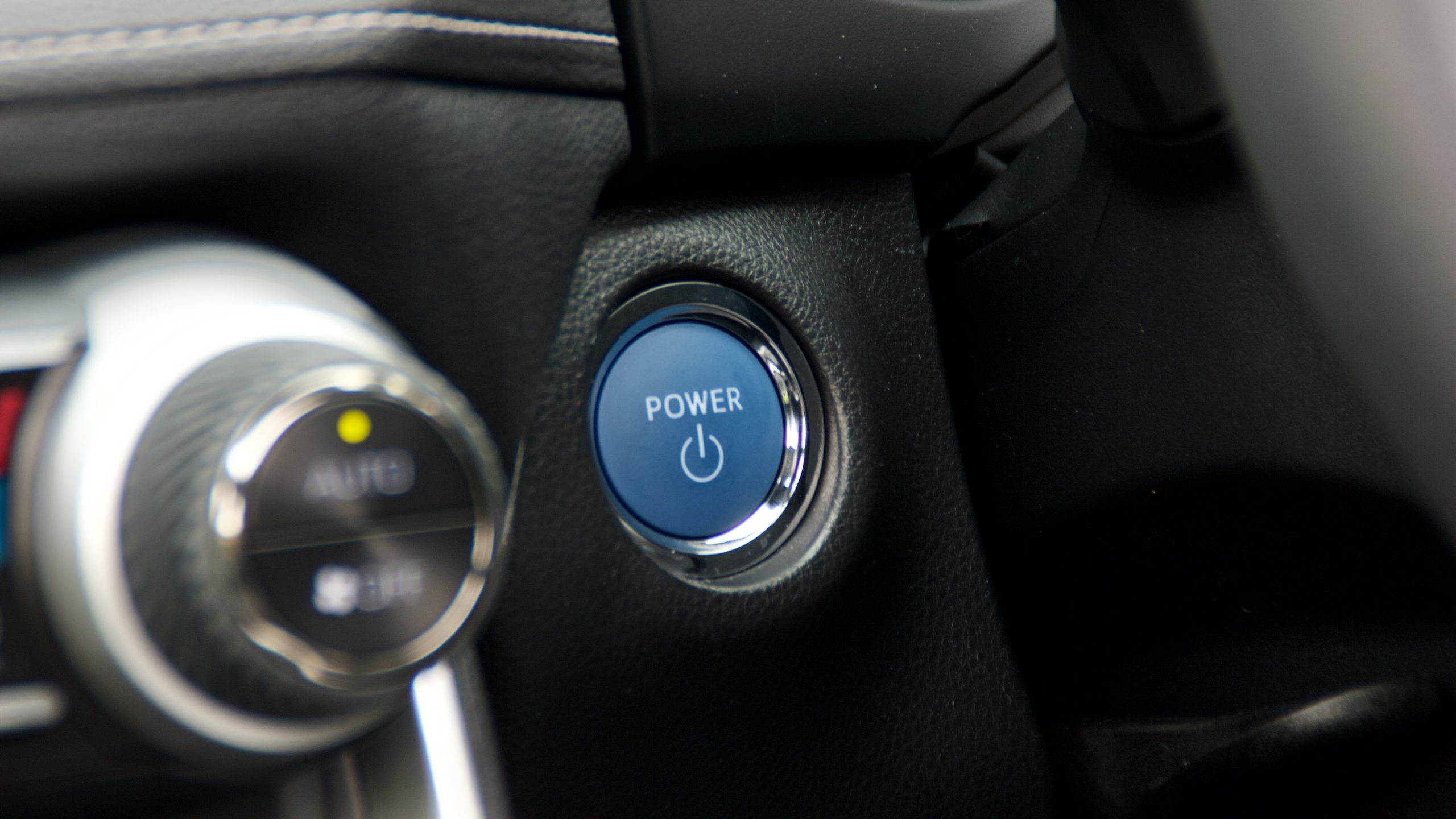
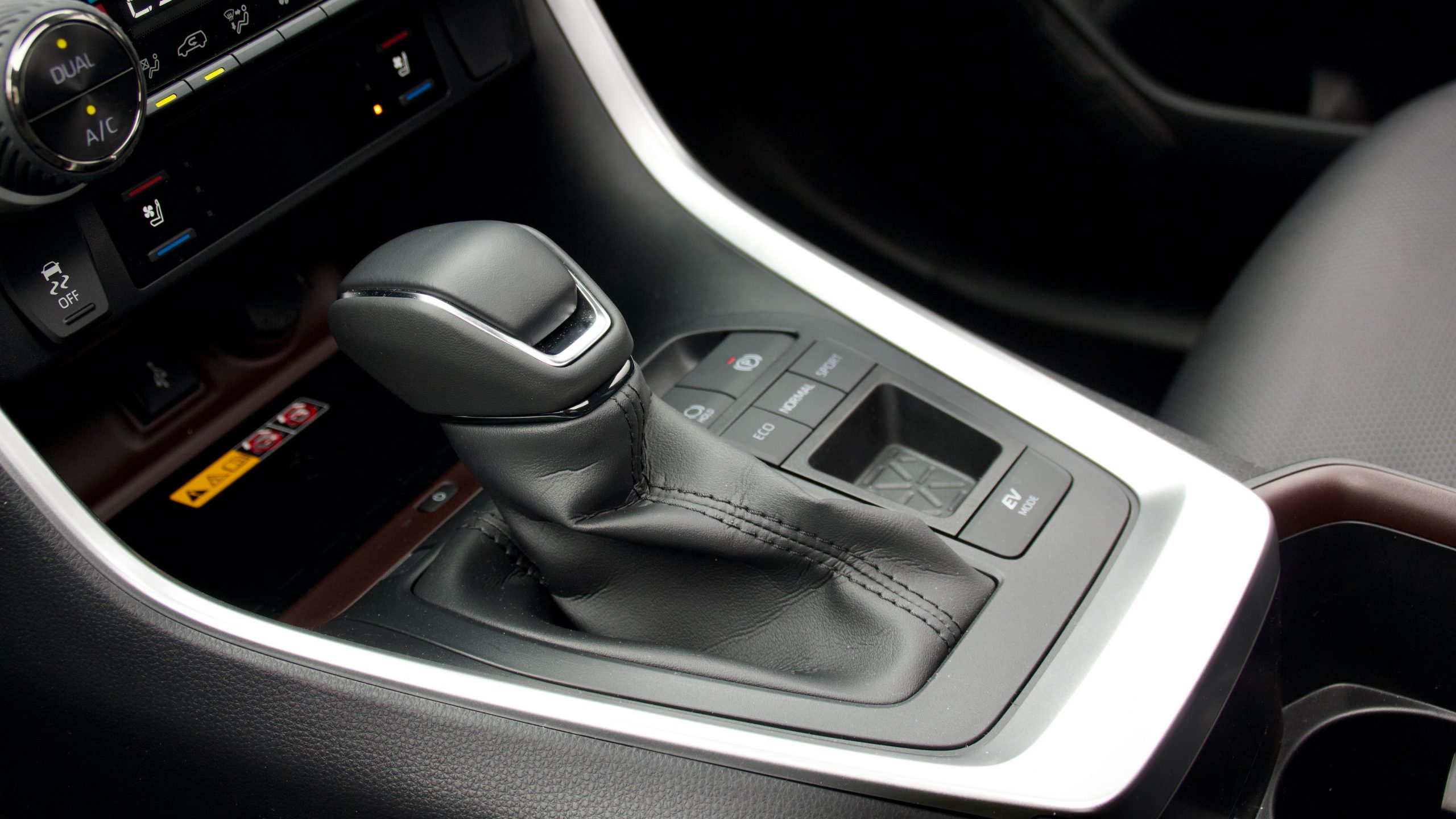
At the heart of the RAV4 is a nickel metal hydride battery. The battery provides power for the electric motor and is charged by the electric motor’s dual role as a generator when coasting, decelerating, and idling with the petrol engine running, in addition to energy captured through regenerative braking. In essence, the system is designed to maximise fuel efficiency. The hybrid system decides the optimal mixture of the petrol engine and electric motor for the required power, but also best possible efficiency depending on the driving conditions at any given moment.
For both initial take off and when only light acceleration is required, power is usually delivered by purely by the electric motor. The petrol engine activates to provide extra power for getting up to speed and brisker acceleration. At coasting speeds, the electric motor usually takes over maintaining speed, and the petrol engine will often switch off. The petrol engine also stays off when the car is at a stop at intersections or other similar situations.
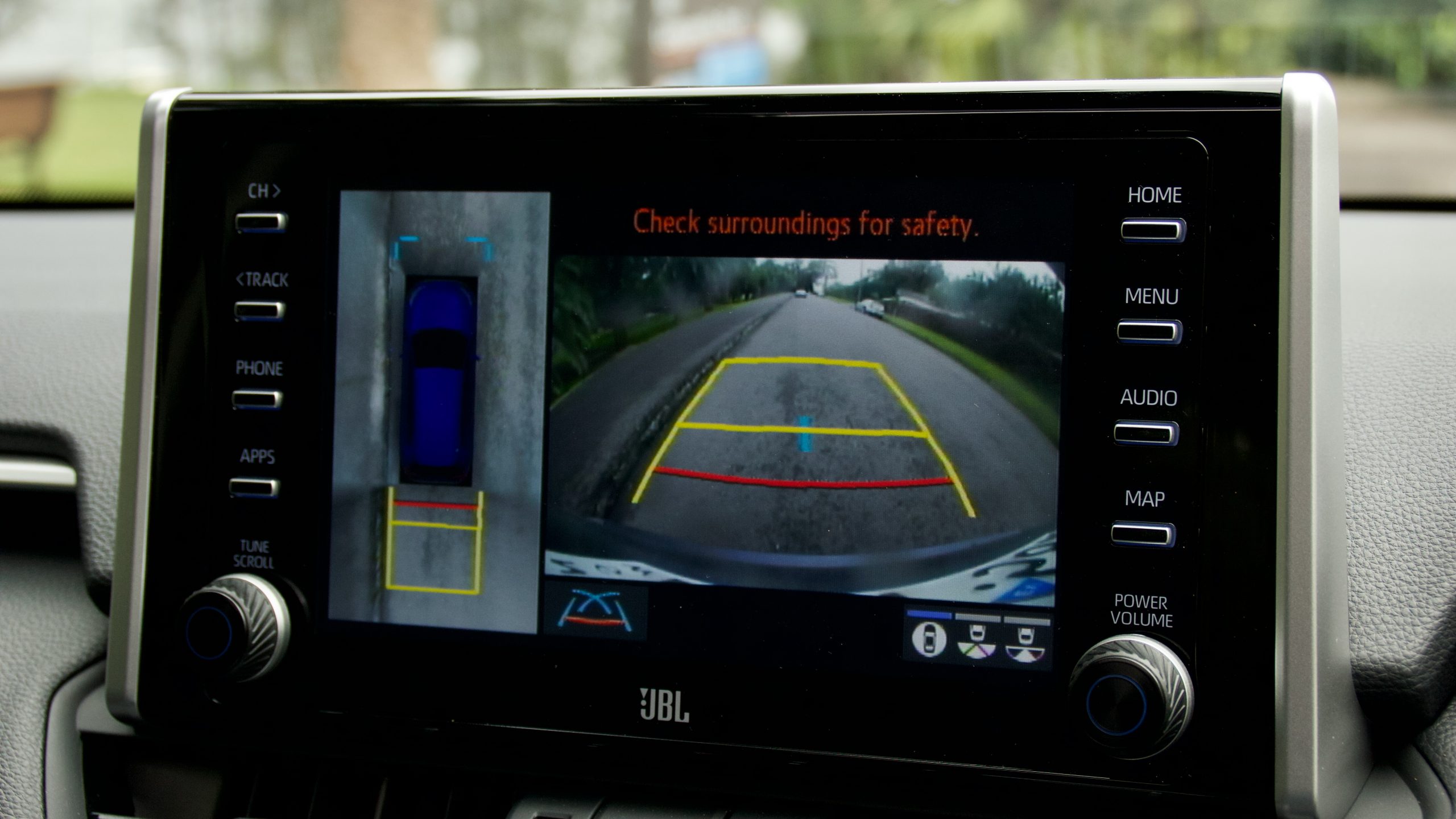
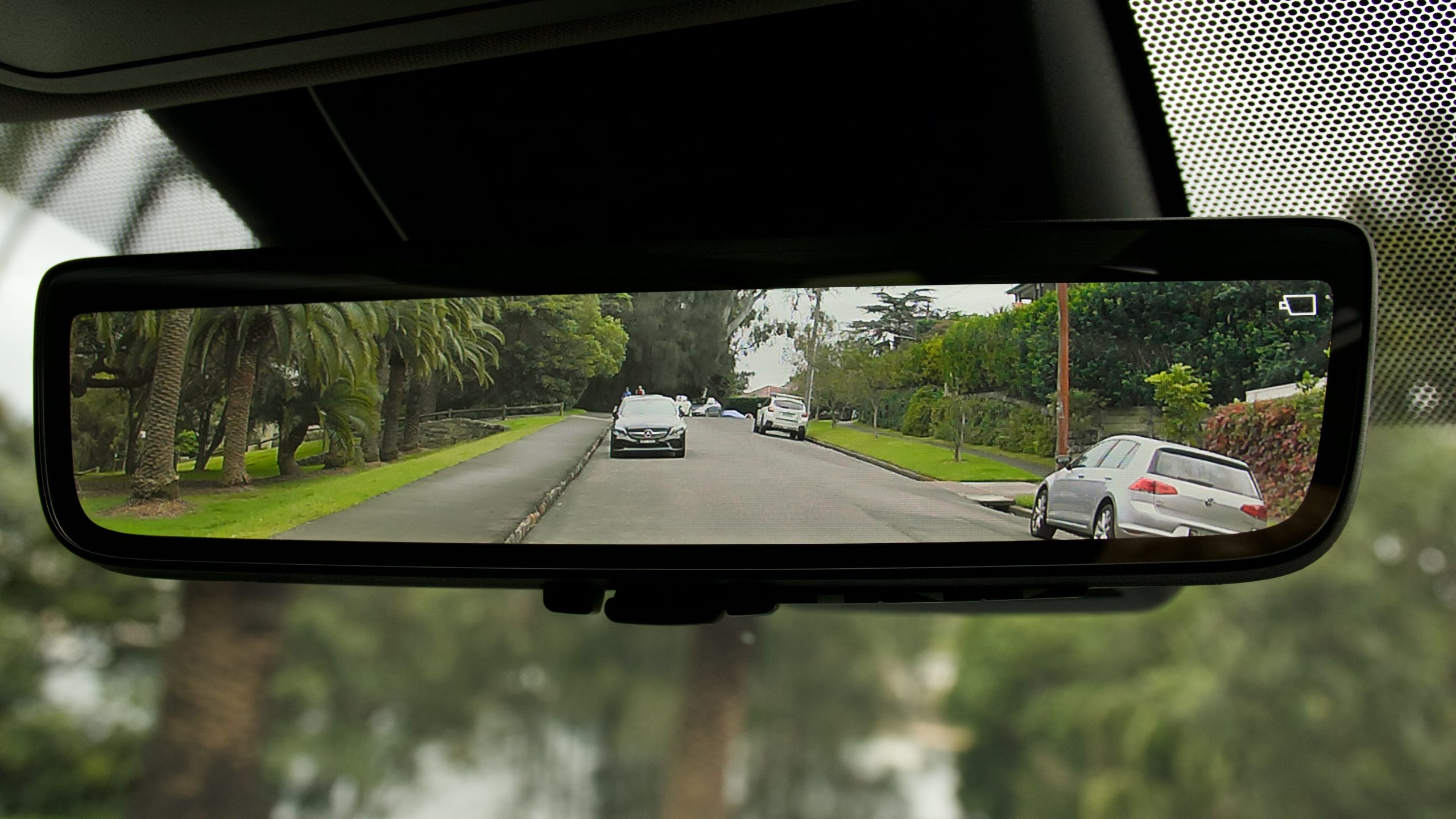
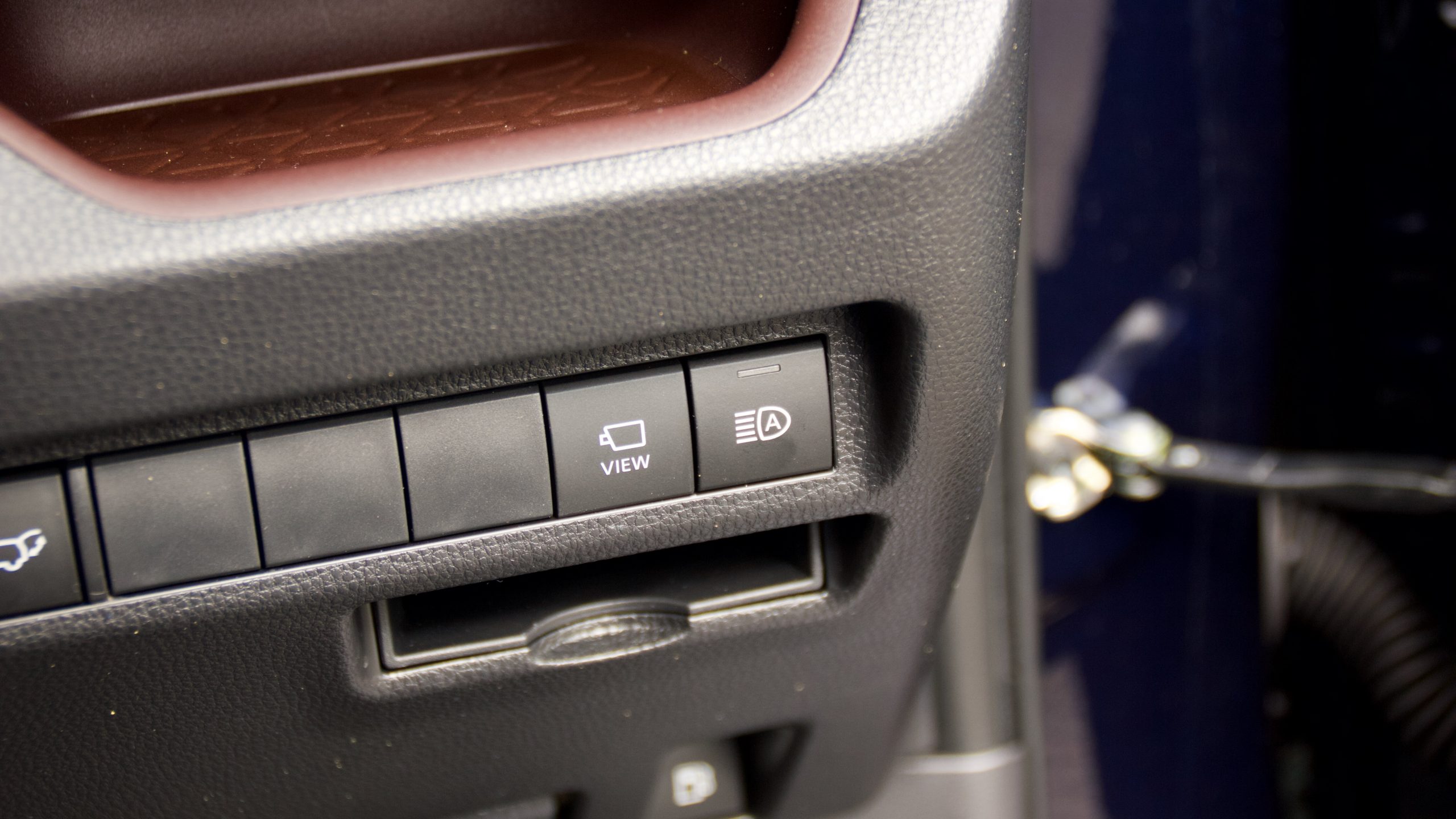
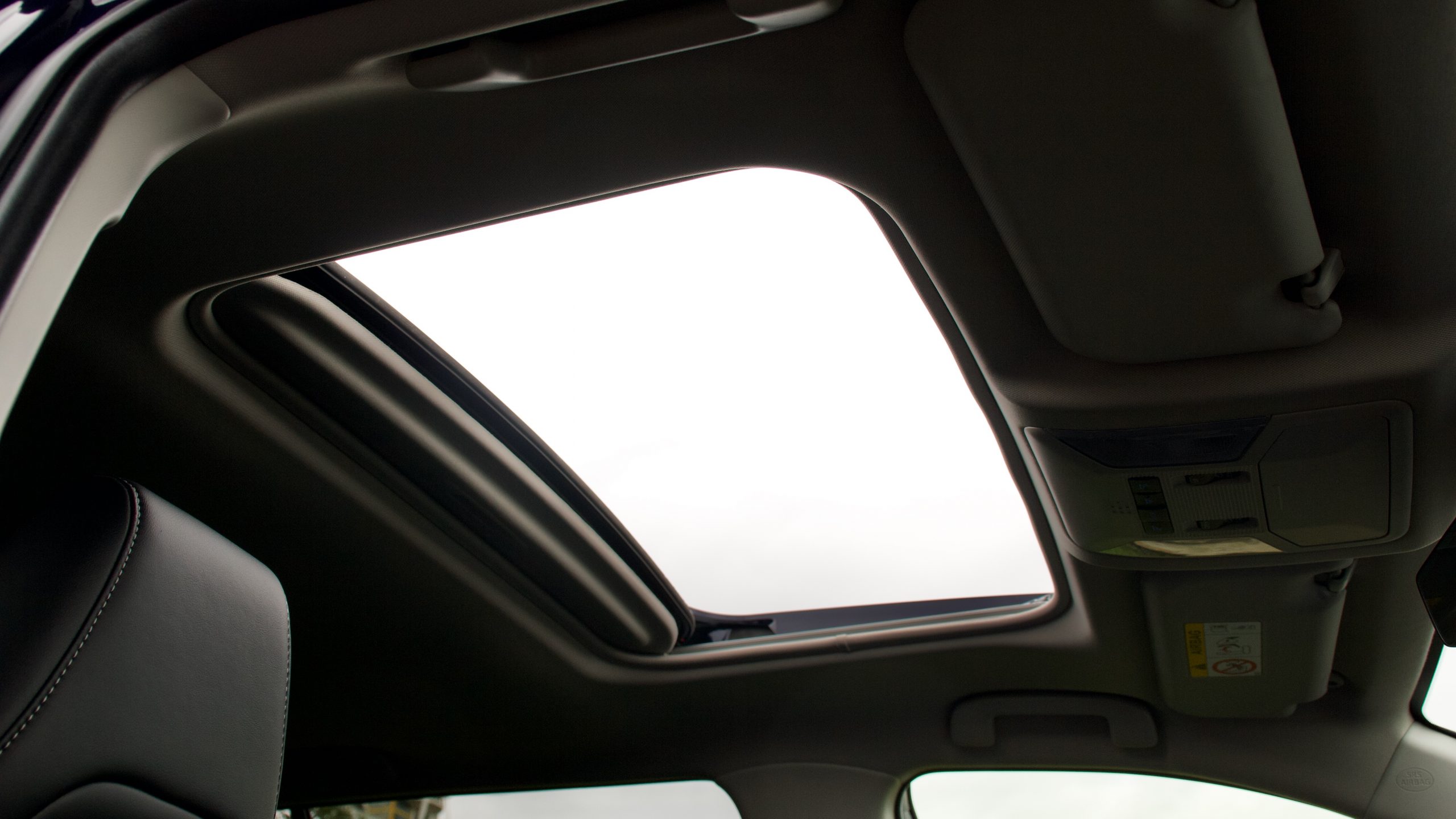
For drivers who want to get the absolute best fuel efficiency possible, Toyota provides a myriad of useful tools. As we’ve found while driving other hybrids, this quickly turns driving the RAV4 into a game of getting the fuel consumption as low as possible. Eco mode provides an excellent starting point, and EV mode can be used to force the car to run exclusively on the electric motor, up to speeds of around 40km/h or if the accelerator is pushed too far. The hybrid system monitor helps drivers fine tune their acceleration, coasting and even braking to consume the least amount of petrol possible, it rates each drive out of 100 with ‘eco score’ providing suggestions on how to improve.
During our weeklong test of the RAV4, we managed to achieve an average of 5.3l/100km across both urban and highway driving, an impressive figure for this size of car, and not far off Toyota’s stated figure of 4.7l/100km. The RAV4 is capable of achieving a range of just over 1000kms from a single tank, something highly desirable in the context of today’s fuel prices.
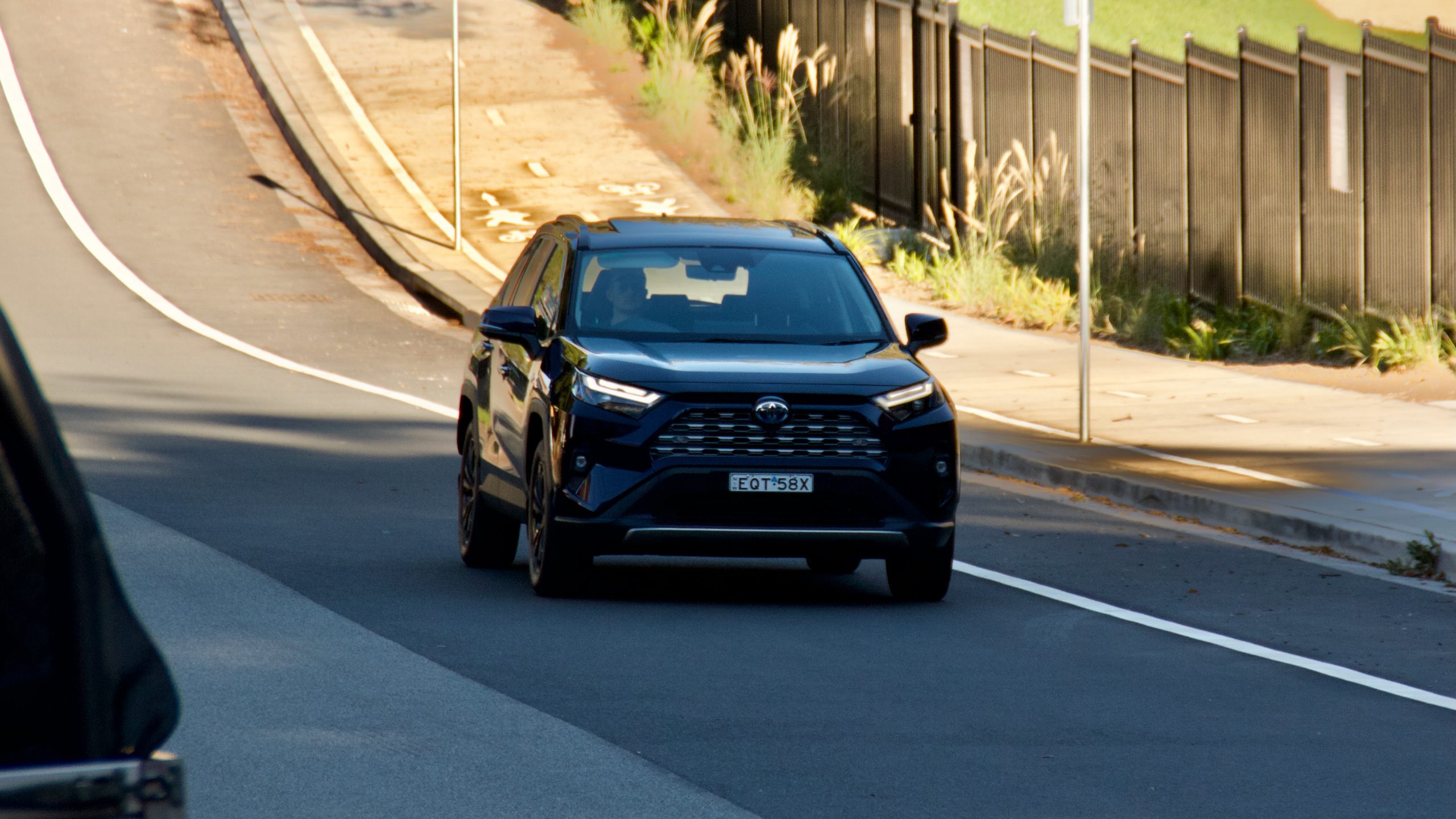
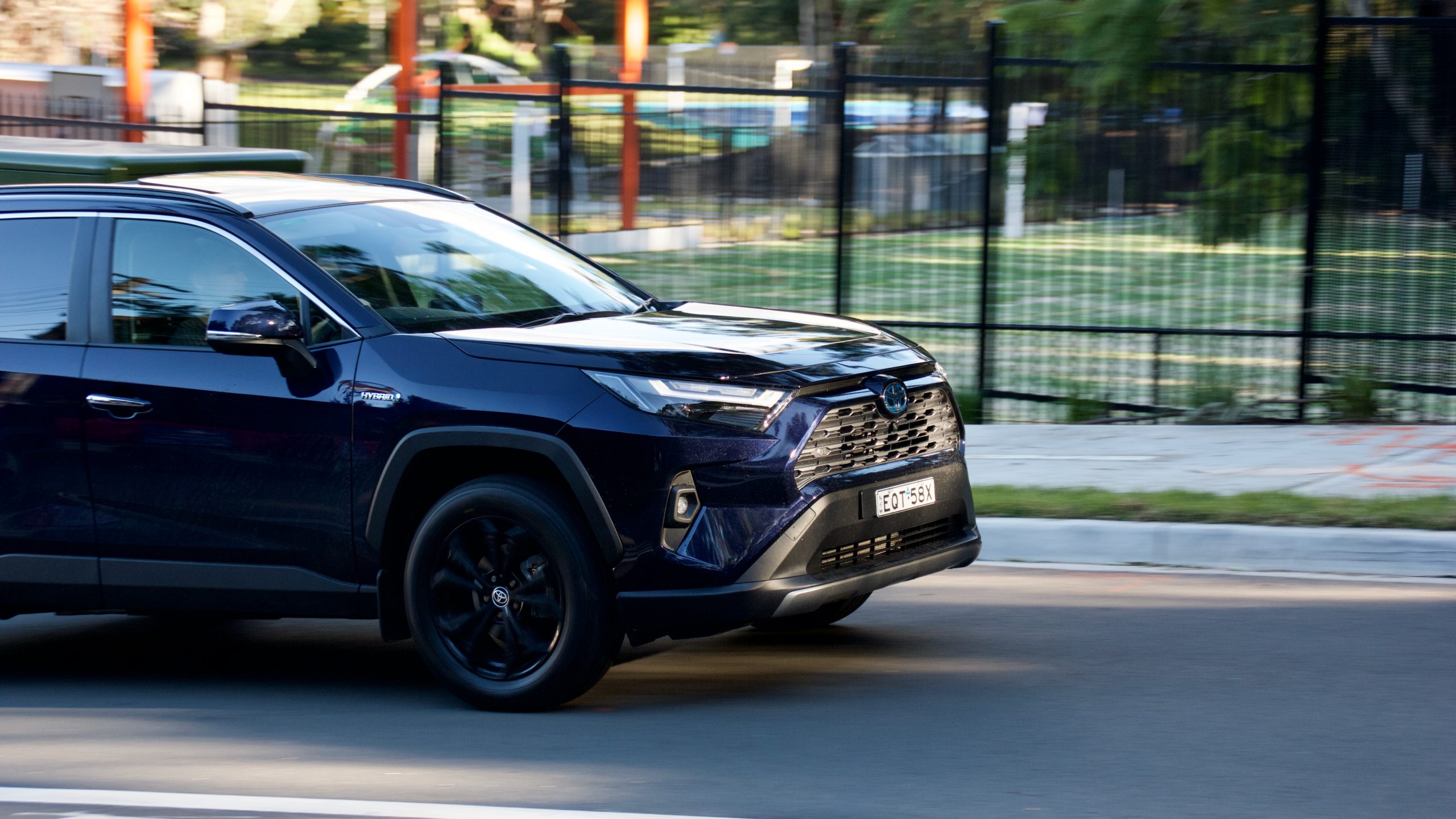
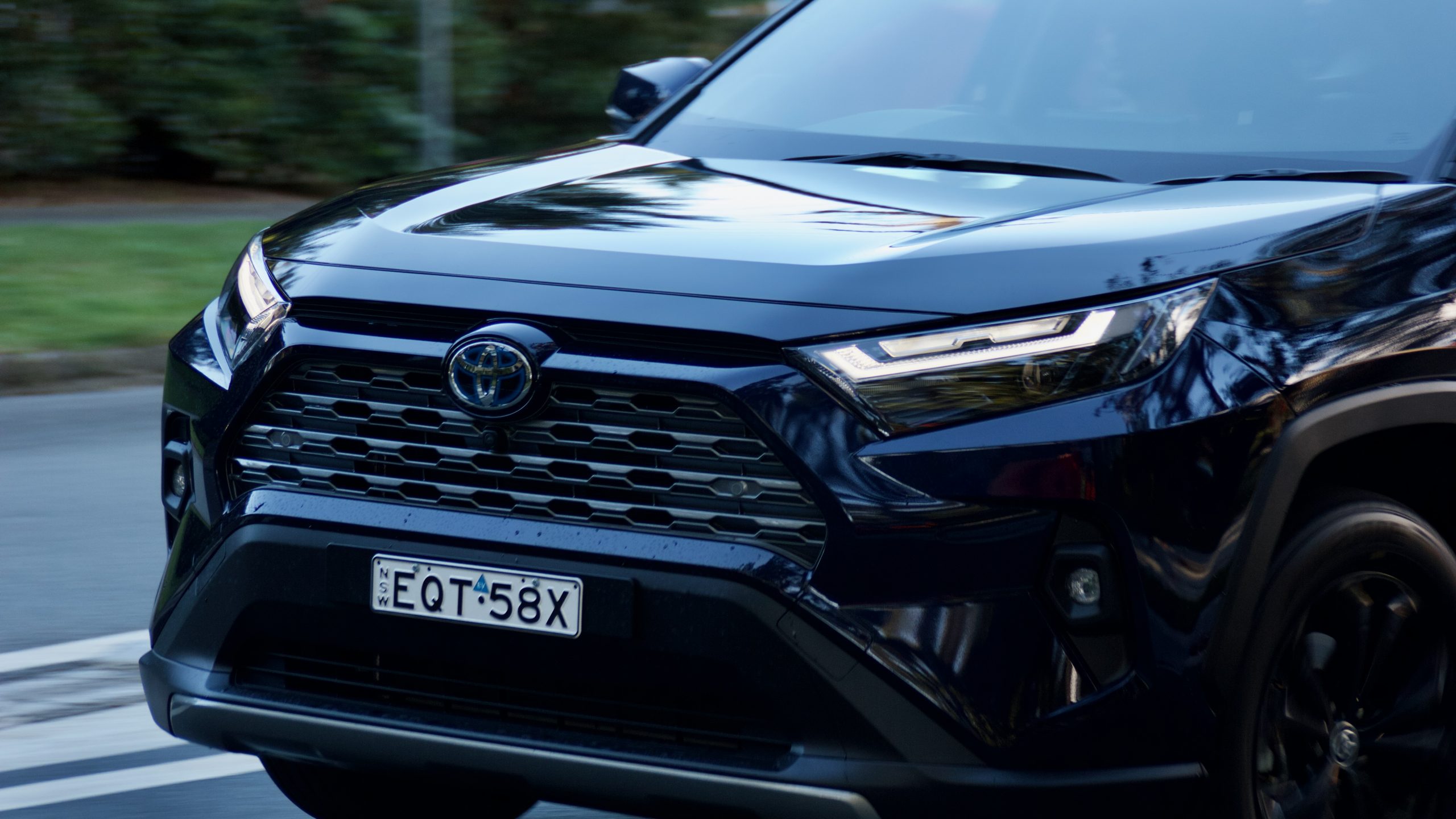
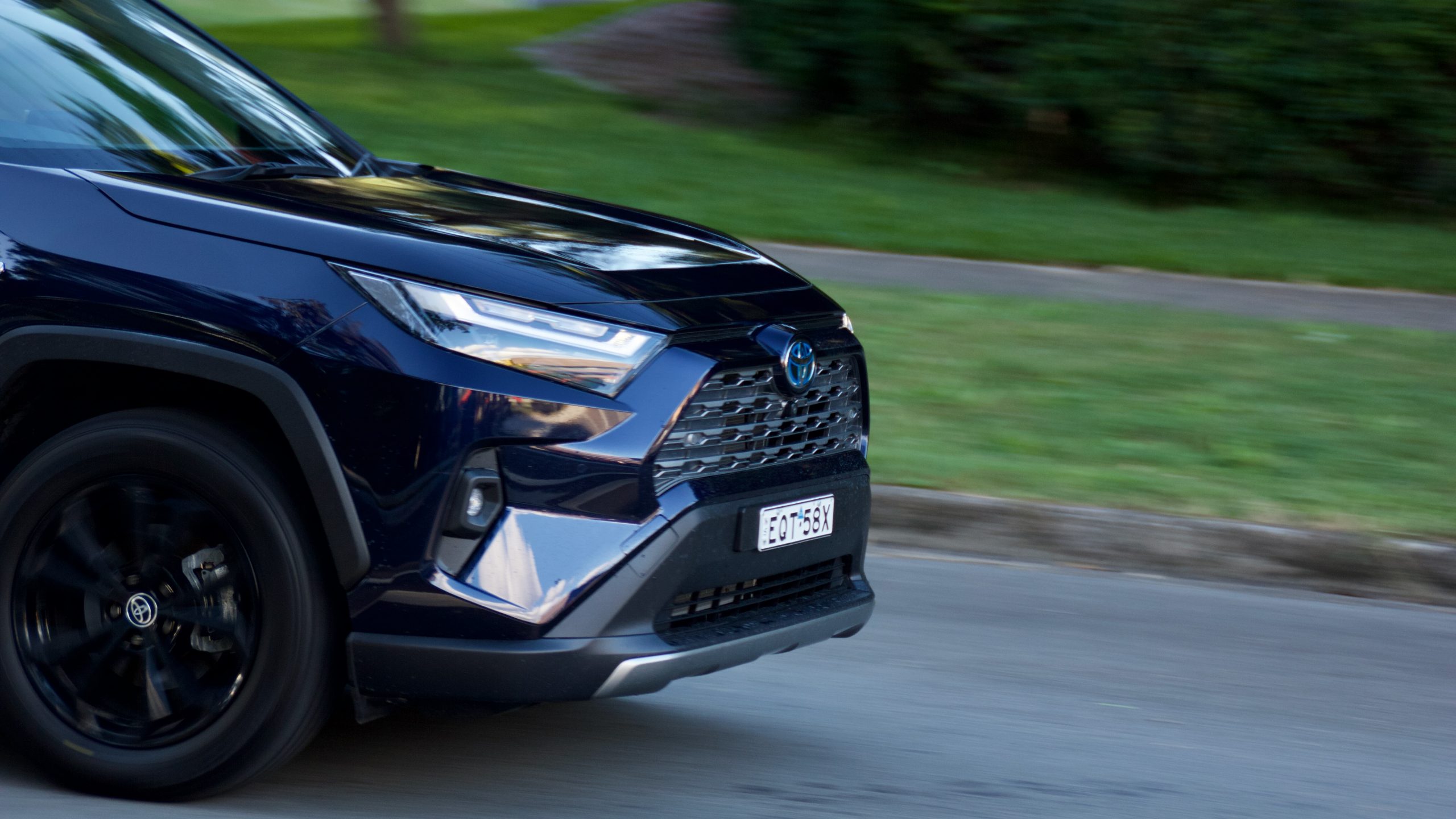
With a 0−100km/h sprint time of 8 seconds, the RAV4 Hybrid isn’t slow. It’s not a sports car, but during our time with it, we never felt we needed more power. The hybrid system, while economical, is good at delivering power when needed. Benefiting from the instant torque of its electric motor, acceleration always feels brisk, and when required the petrol engine is responsive and able to deliver the acceleration required for overtaking or reaching highway speeds.
The ‘e-CVT’ transmission used in the RAV4 hybrid isn’t technically a CVT at all, but without going into extreme detail, the driving experience sits between a ‘normal’ CVT and a conventional automatic. It’s usually plagued by the type of droning acceleration that typical CVTs are much maligned for, but it also doesn’t shift through gears like most ‘normal’ automatics do. It’s only really when you punch the accelerator, causing the the petrol engine to really rev, that a bit of drone becomes evident. For the most part, in everyday driving, it’s quite pleasant.
Ride & Handling: 8/10
RAV4s of the past were never class leaders in handling, but this generation of RAV4 made huge strides when it was introduced in 2019. Toyota’s new TNGA platform has worked magic on pretty much every car it is featured in and the RAV4 is no exception. It’s still not quite at the top of the class for handling, but it’s certainly quite competent.
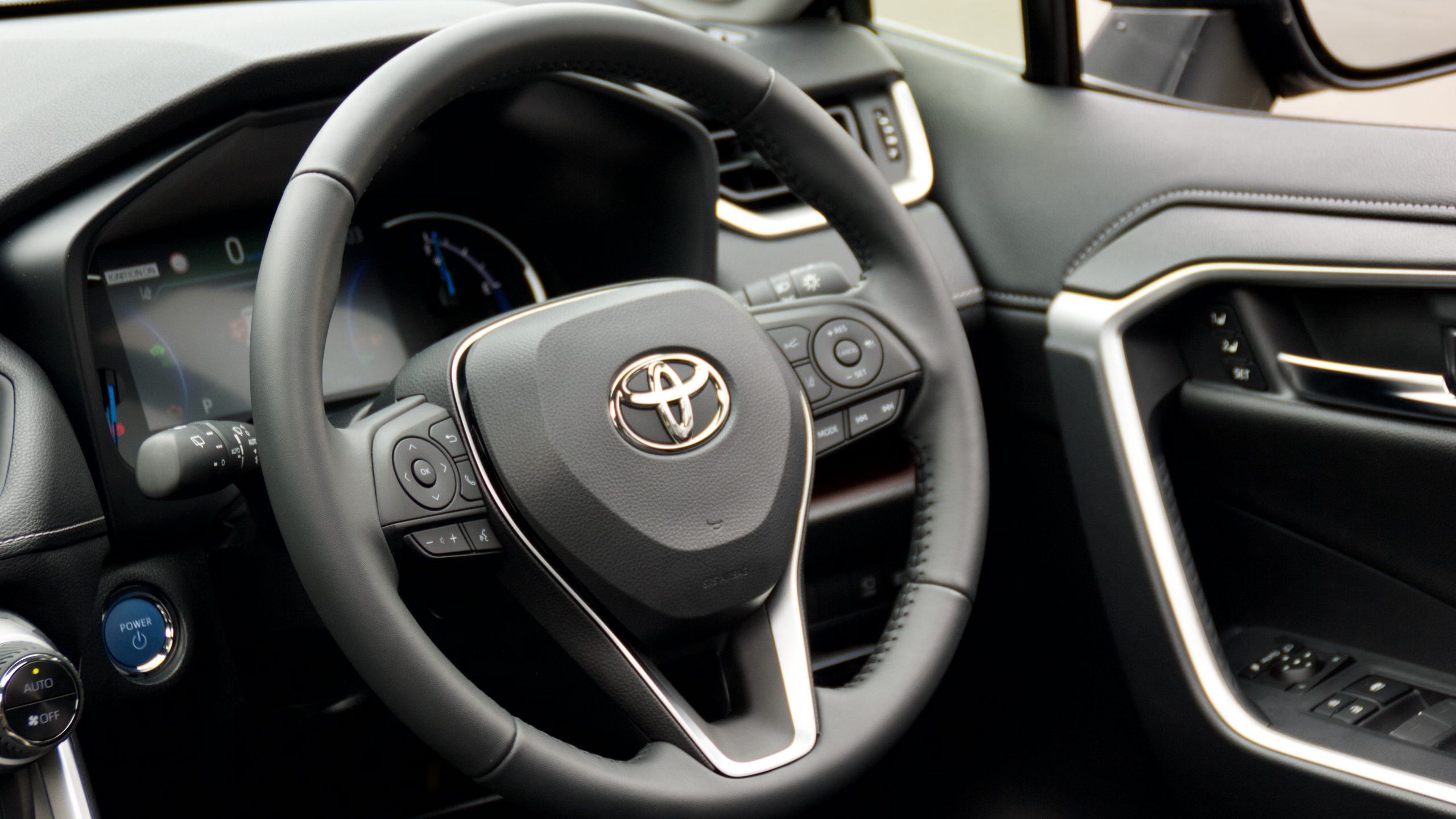
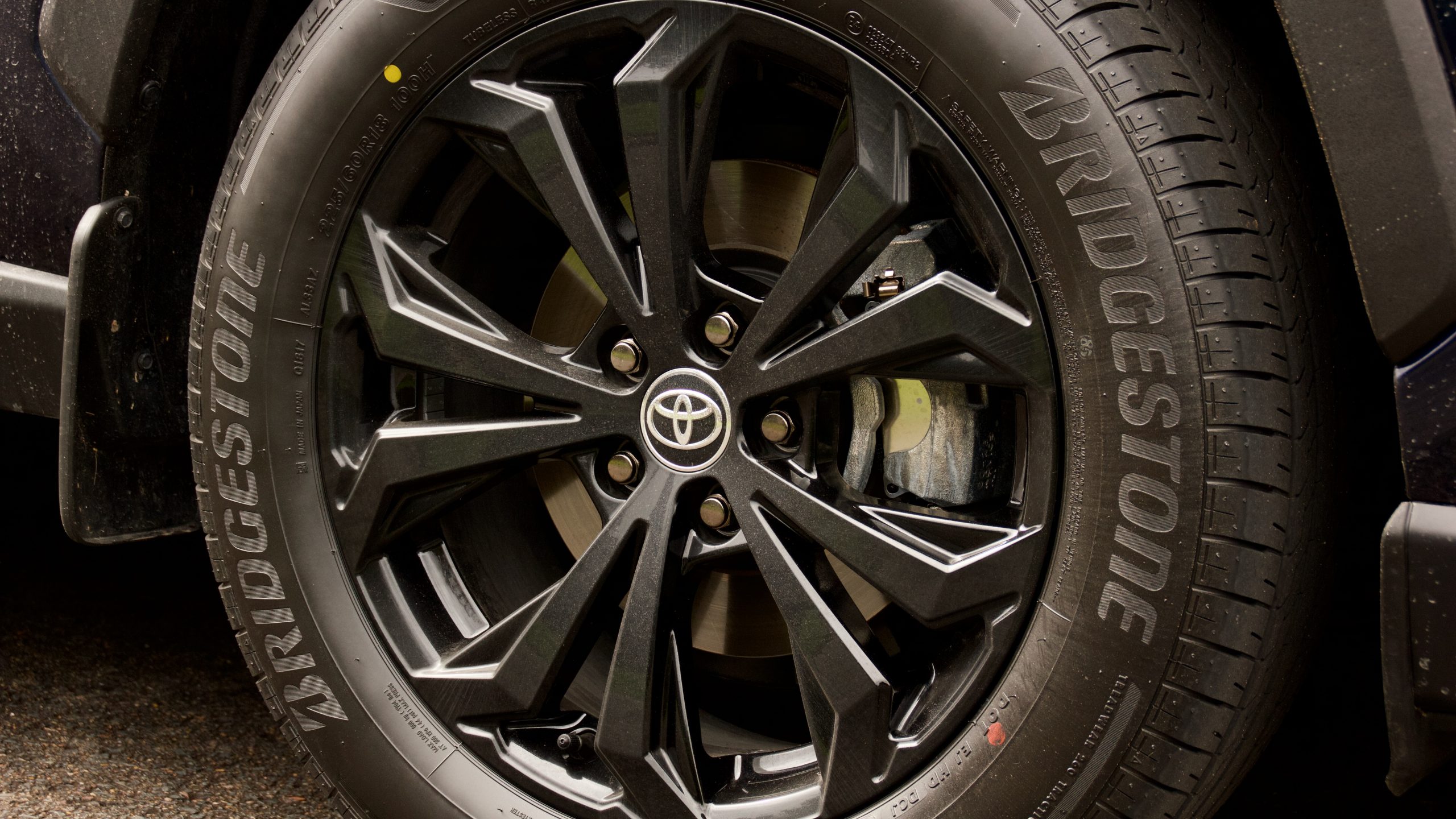
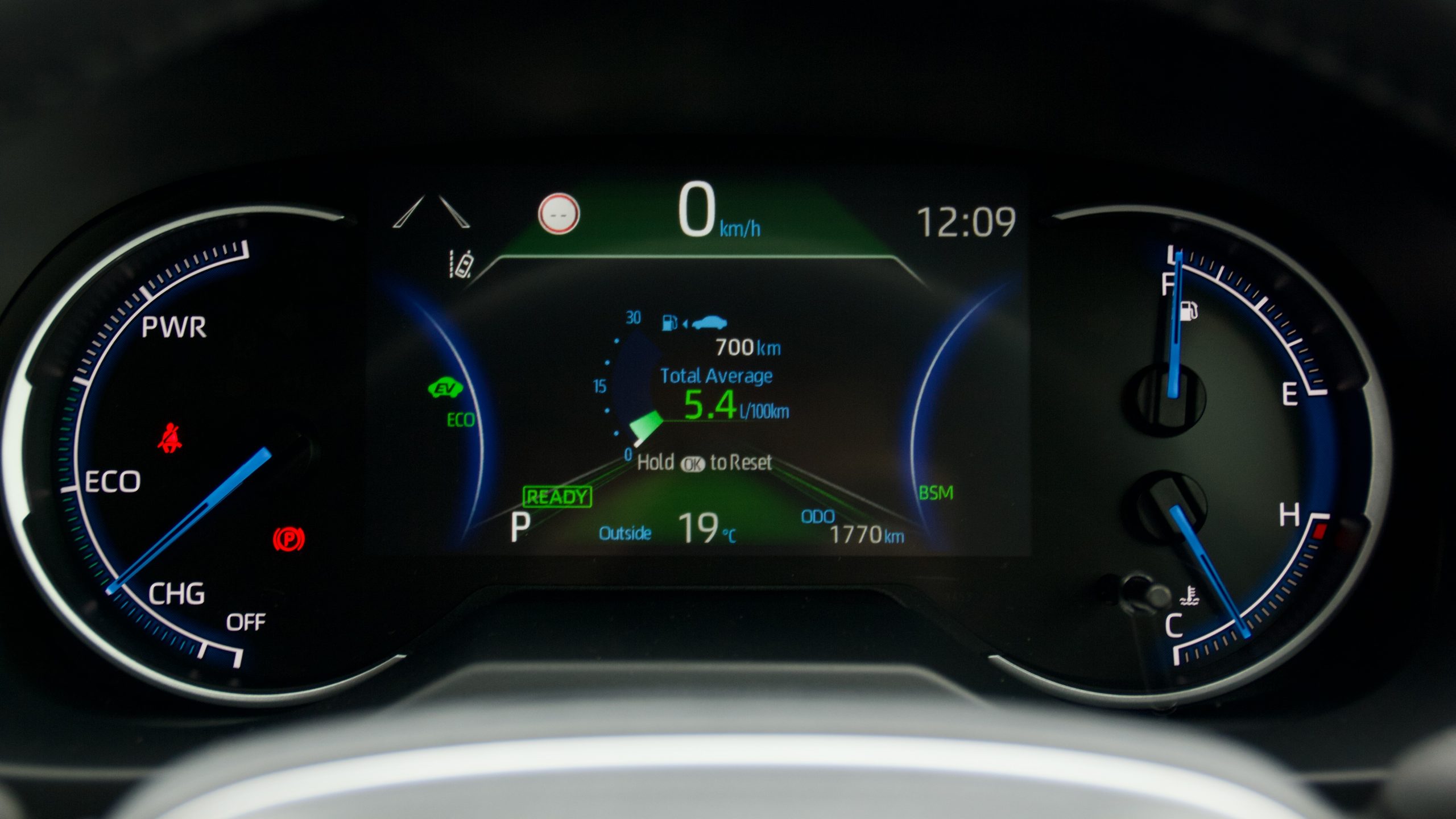
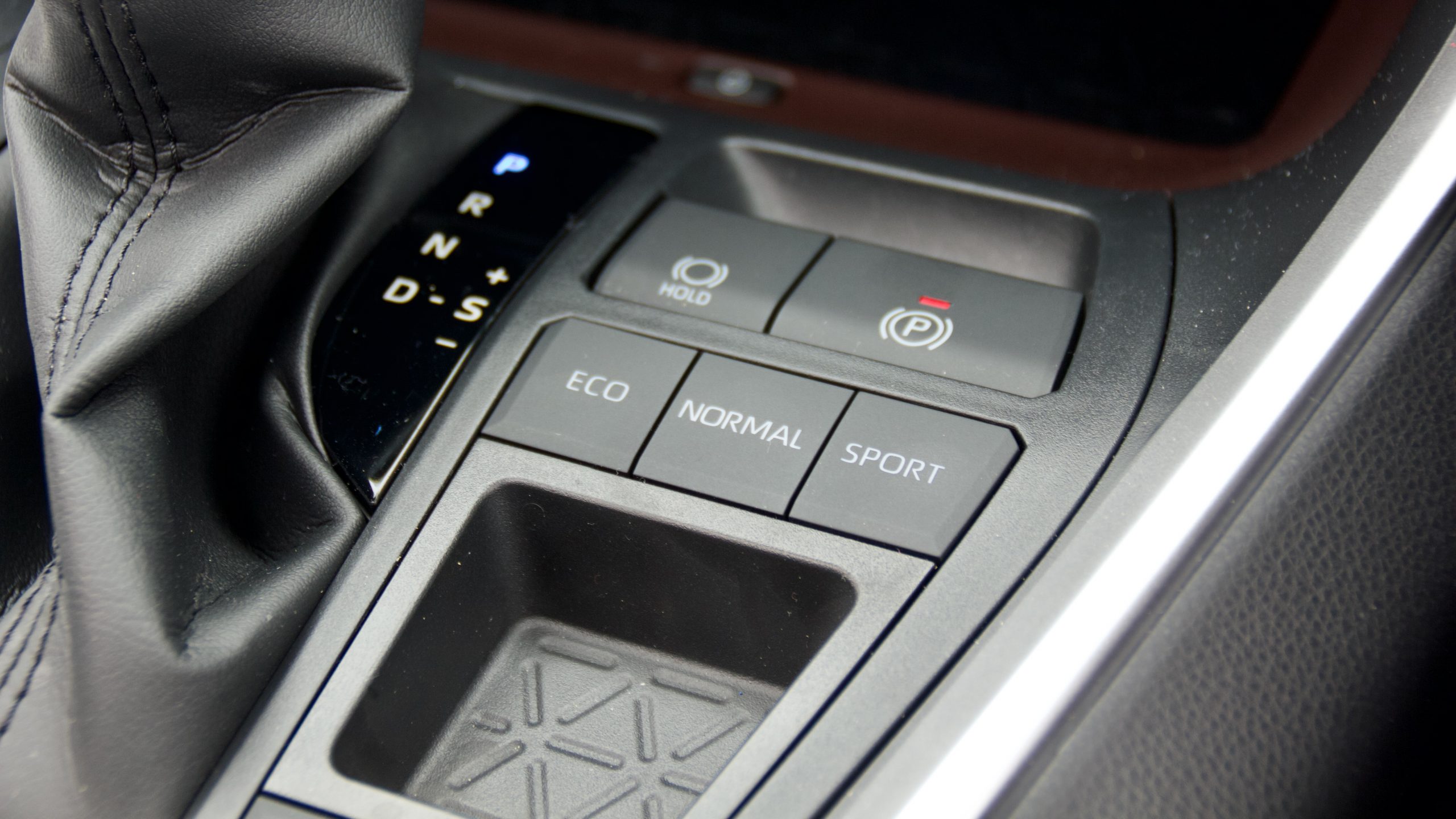
Keen drivers will notice that they can be rewarded by driving the 2022 RAV4 in a much more spirited way than its predecessor—clearly seen in the ability to push it hard through corners while feeling planted to the road. Again, it’s no sports car, but it does provide a bit of enjoyment. The electric power steering is nicely weighted, though it doesn’t quite match the Sportage or CX-5 for feeling or connection to the road. The ride is refined, comfortable and fairly quiet, especially around town. While it doesn’t quite achieve Sportage levels of road noise isolation, especially on coarser chip roads and highways, this is often offset by the quietness of the drivetrain.
The suspension setup features a front McPherson strut and a rear trailing wishbone, which we found for the most part to effectively absorb whatever the road could throw at it around town further contributing to the comfortable ride. The only time it really seemed to struggle was at very low speeds where some road imperfections and the hybrid’s extra battery weight cause the ride to get a bit fidgety.
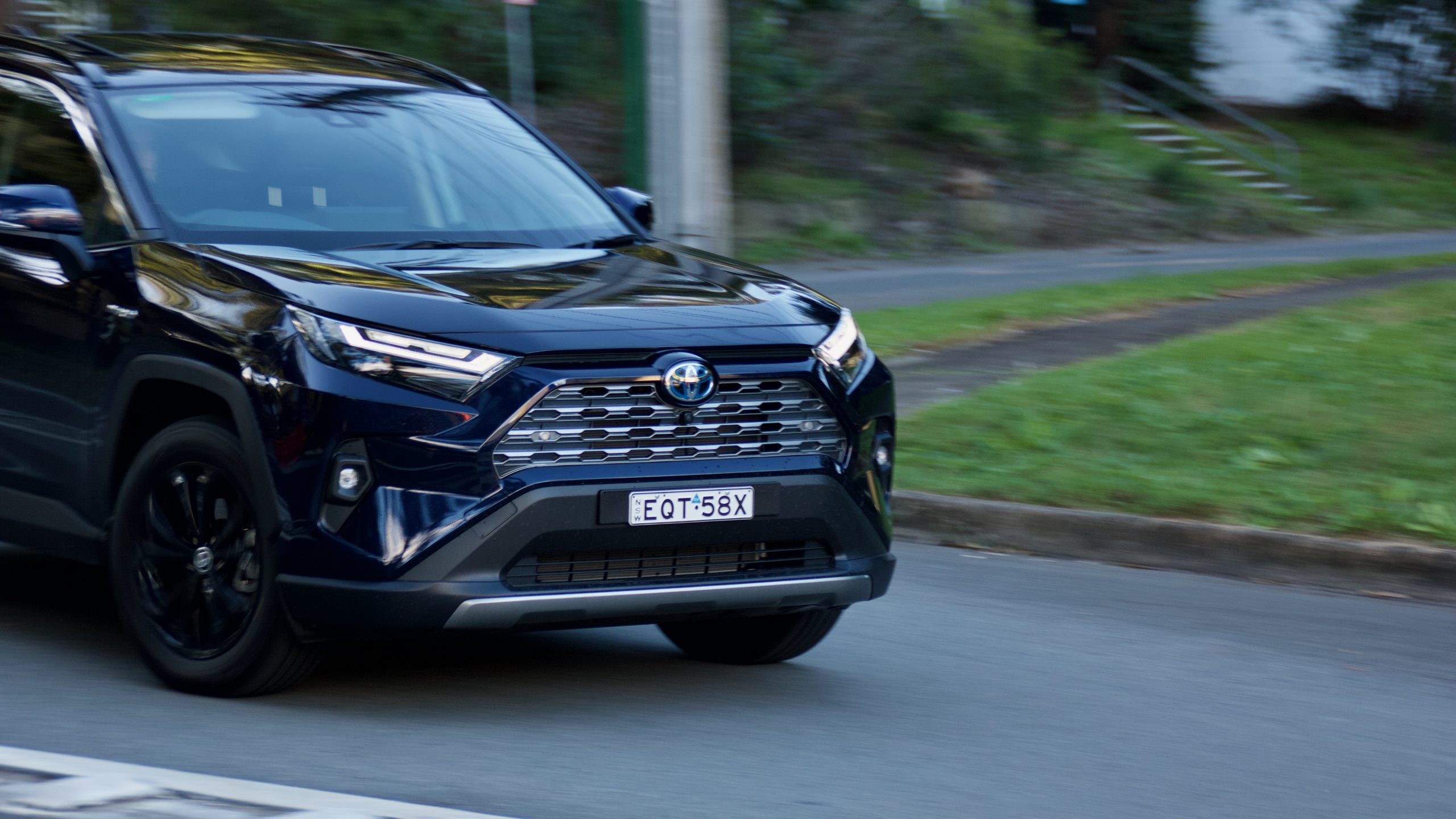
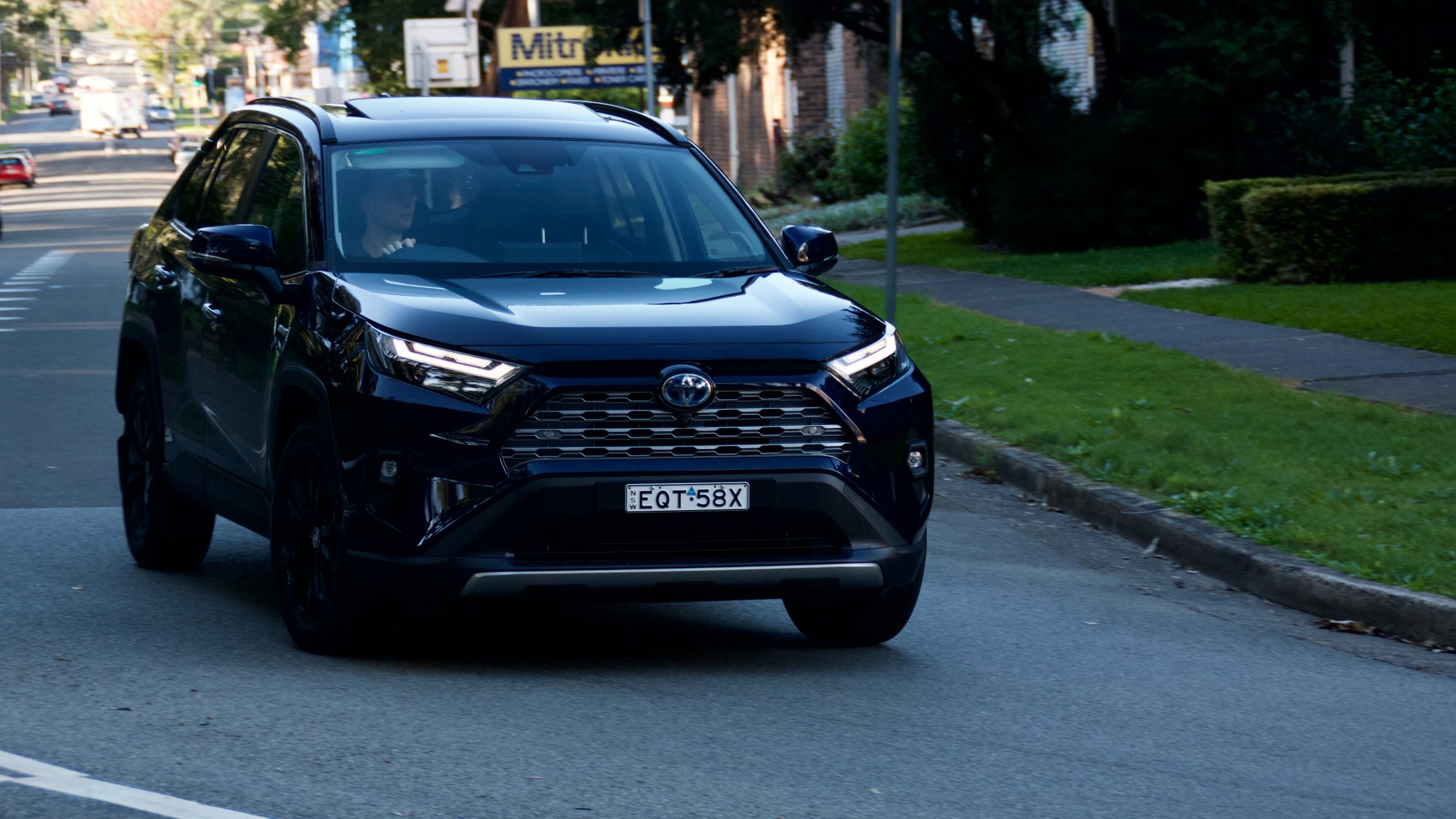
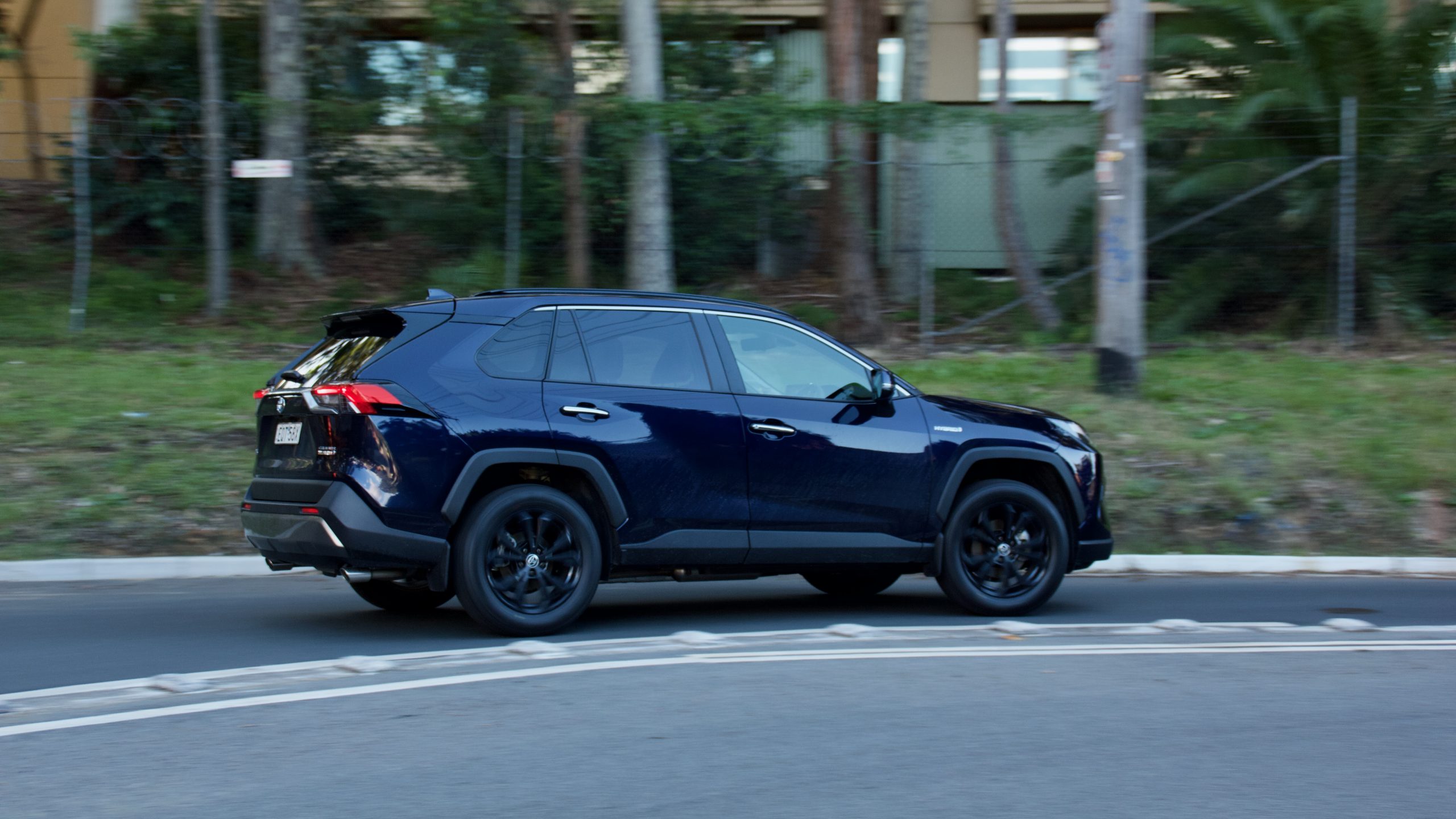
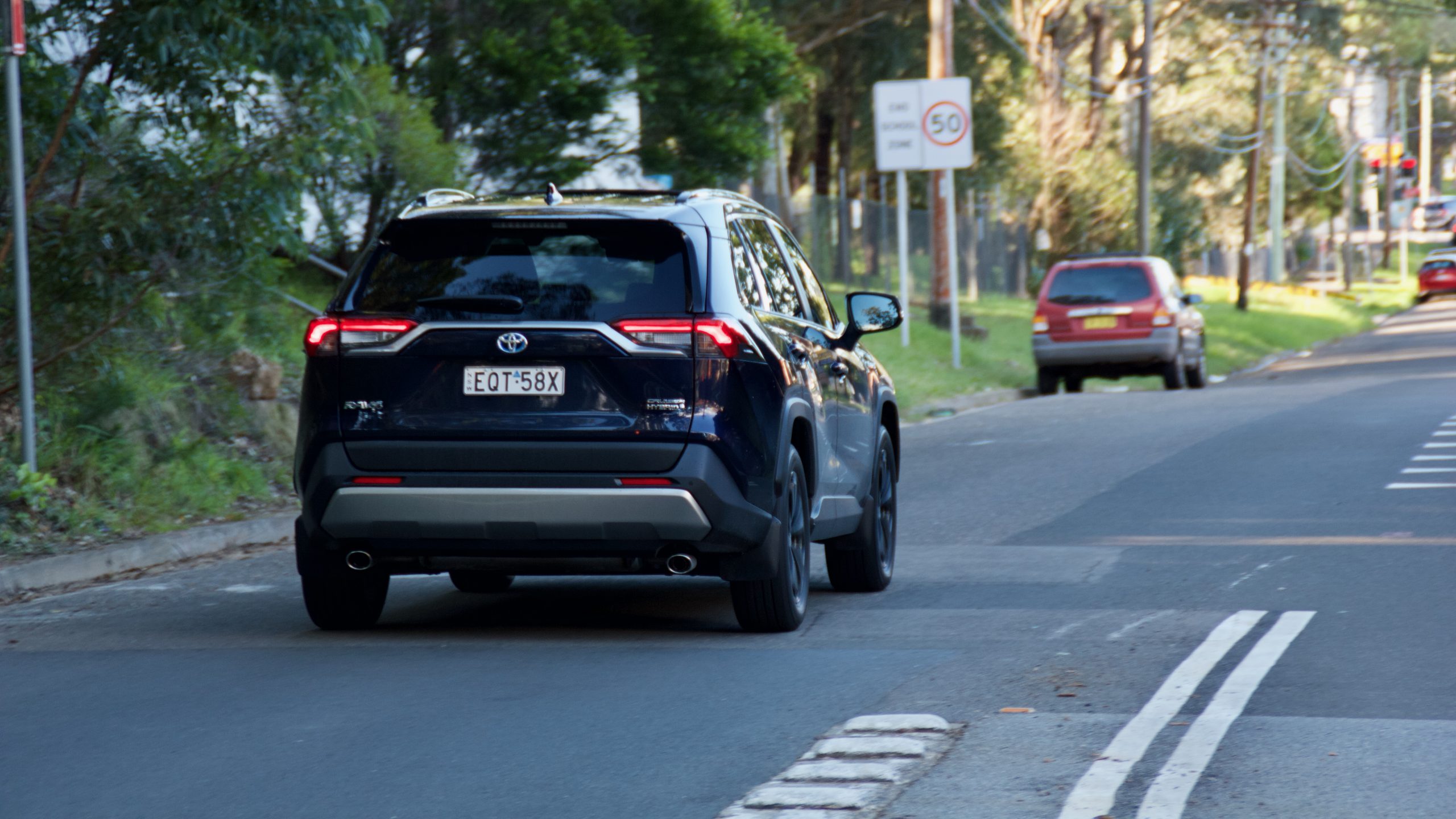
At the end of the day, while Toyota’s relatively new ability to inject excitement into almost every car it designs means it can be pushed harder, most drivers buying a mid-sized SUV will appreciate that the RAV4 Cruiser Hybrid is easy to drive, while also delivering comfortable but safe and secure handling.
Interior & Practicality: 8/10
Stepping inside the 2022 Toyota RAV4 Cruiser Hybrid reveals a simple, but well thought out space, with a few interesting touches. The leather on the steering wheel is nice to touch and the leather trim on the seats feels great. Less successful, though, is the leather-esque materials used on the door trims, which come off feeling a bit cheap. We were quite pleased with the feel of the dashboard and the console box lid, however we weren’t as impressed with some of the harder and scratchy plastics flanking the sides of the centre console and on the doors. The RAV4 doesn’t match the premium feeling that the Mazda CX-5’s classy interior manages to pull off, and it is shown up by the newer interiors of the Hyundai Tucson and Kia Sportage.
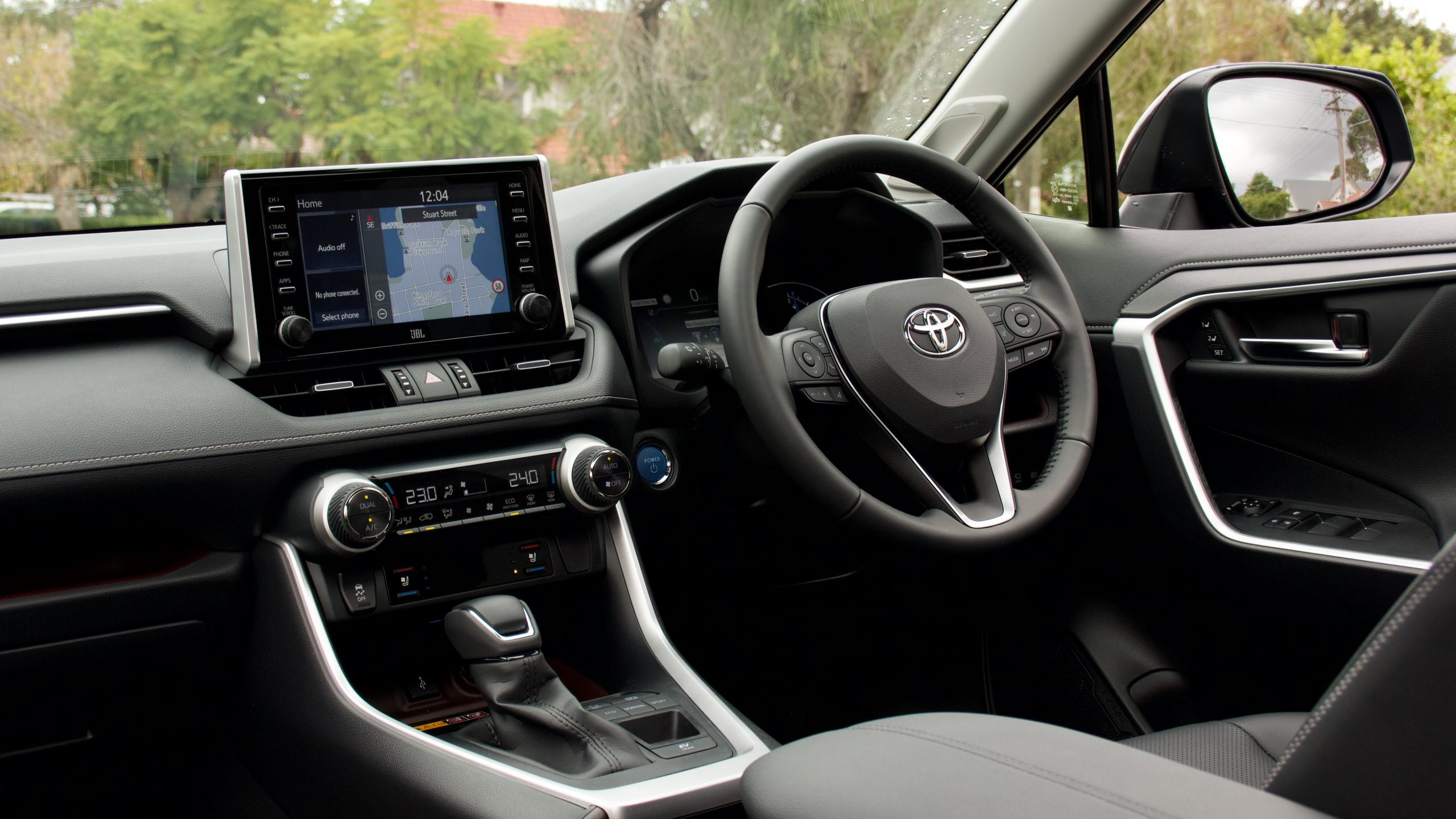
The layout of the dash and the cabin in general is practical and well laid out with plenty of thoughtful touches to make living with the RAV4 easy. We particularly liked the shelf that runs along the bottom of the dash that can conveniently accommodate phones or any small items passengers want to store. Two big cupholders sit in front of the centre console, which is itself a good size for storage. The front row features another two USB points in addition to the dedicated infotainment USB input, plus a handy wireless phone charger tray ahead of the gear selector, in just the spot most drivers would place their phone anyway. The door bins are also big enough to be useful, as is the capacious glovebox.
The driver’s seat is comfortable and with the 10-way power adjustment including for lumbar support, it’s easy to find a comfortable position for most drivers. While perhaps not as important at this time of the year, we’re sure the front passengers will enjoy the newly added seat ventilation. The driving position is excellent, and visibility is quite good.
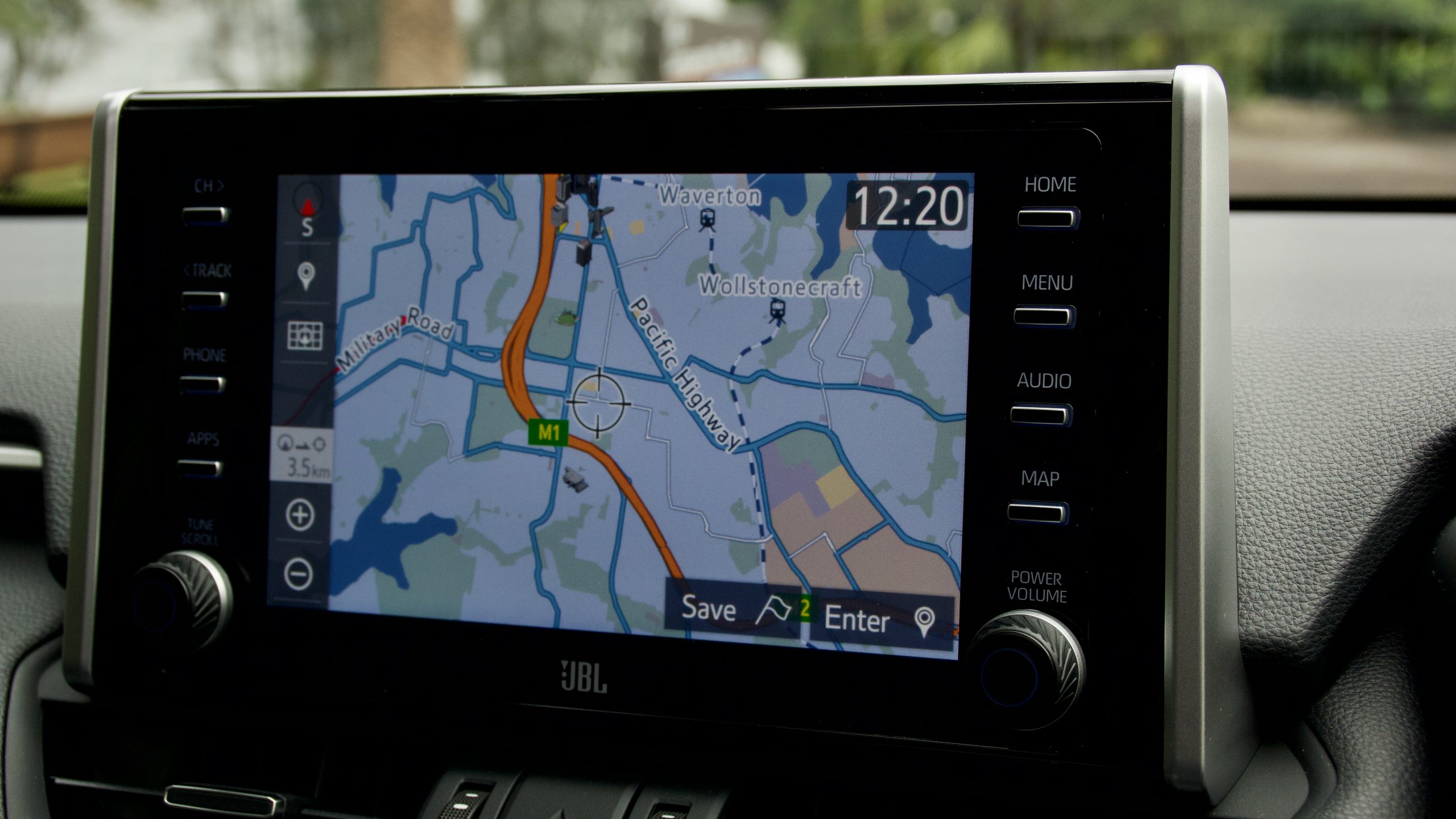
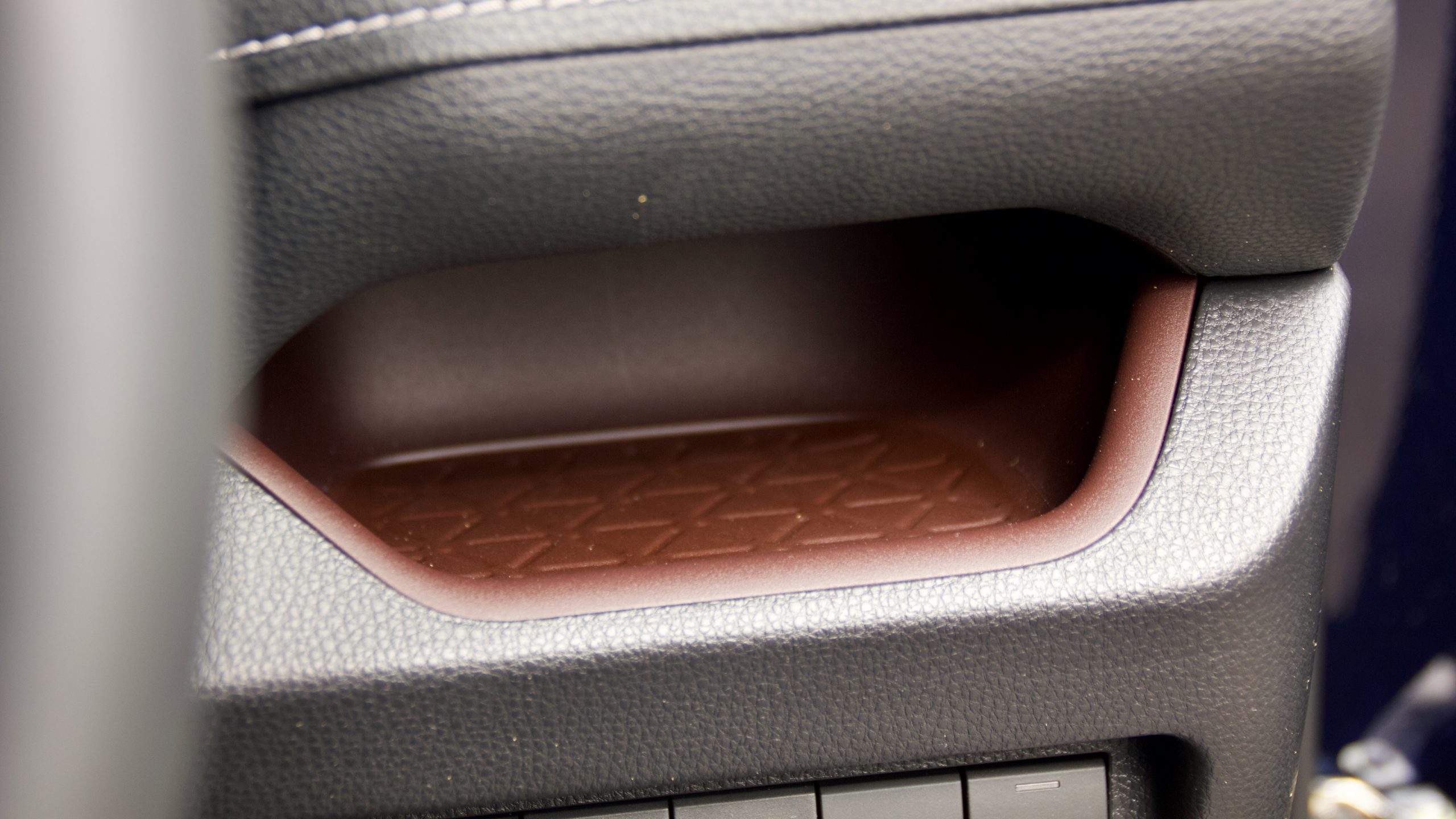
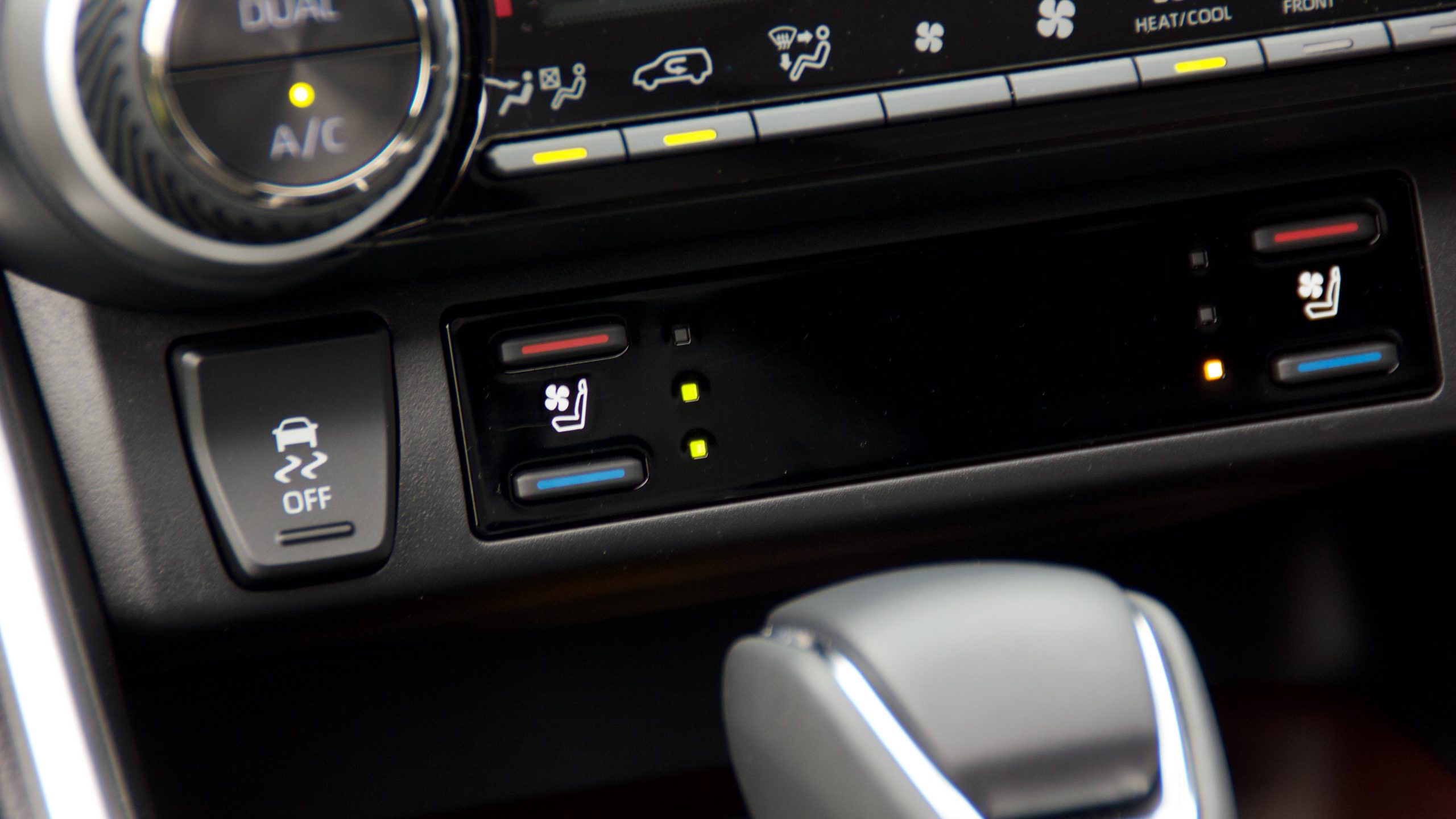
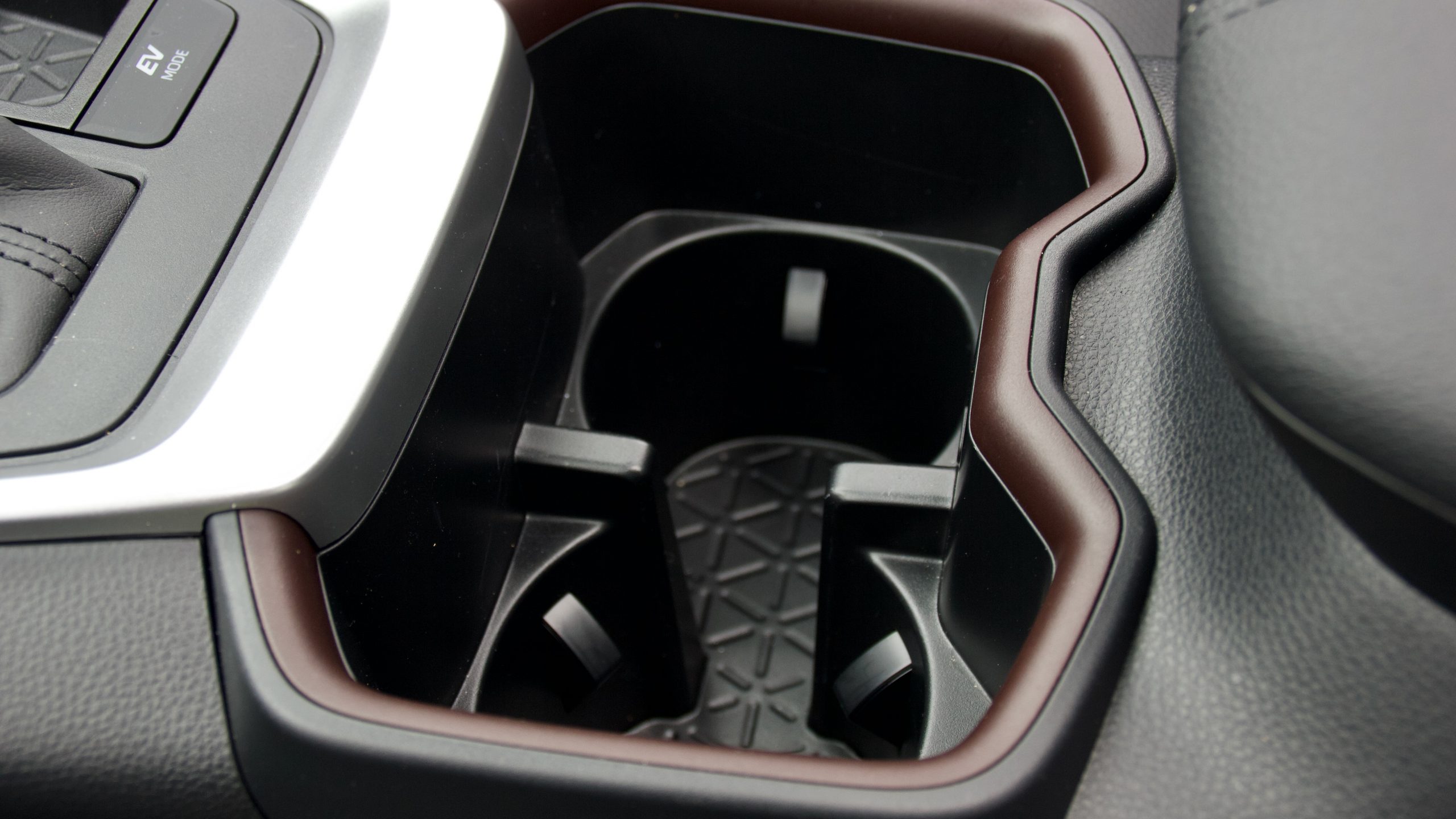
Infotainment is taken care of by an 8.0-inch touchscreen which features satellite navigation, digital radio and wired Apple CarPlay and Android Auto. The screen is responsive, and the software included is easy to use, but it all feels dated. The software really needs a cosmetic overhaul, and the resolution of this screen is low. 8.0-inches is quite small in this class for 2022 standards as, with the Tucson, CX-5 and Sportage all offering much larger infotainment screens at 10.25-inches. he cameras that Toyota have used for the reversing camera and the 360-degree camera are both of a much lower resolution than some rivals—we would rate them passable but in need of improvement.
The rear seat of the RAV4 is generally a nice place to be. Space-wise, we found the amount of leg, knee, and headroom to be great, helped lack of transmission tunnel. The seats themselves are a little flat but generally comfortable. We found that three adults, even six-footers, will fit fine in the backseat. Rear seat passengers have a reasonable number of amenities including air vents, two USB charging ports and a centre armrest with cupholders. However, only one seat had a map pocket is strange.
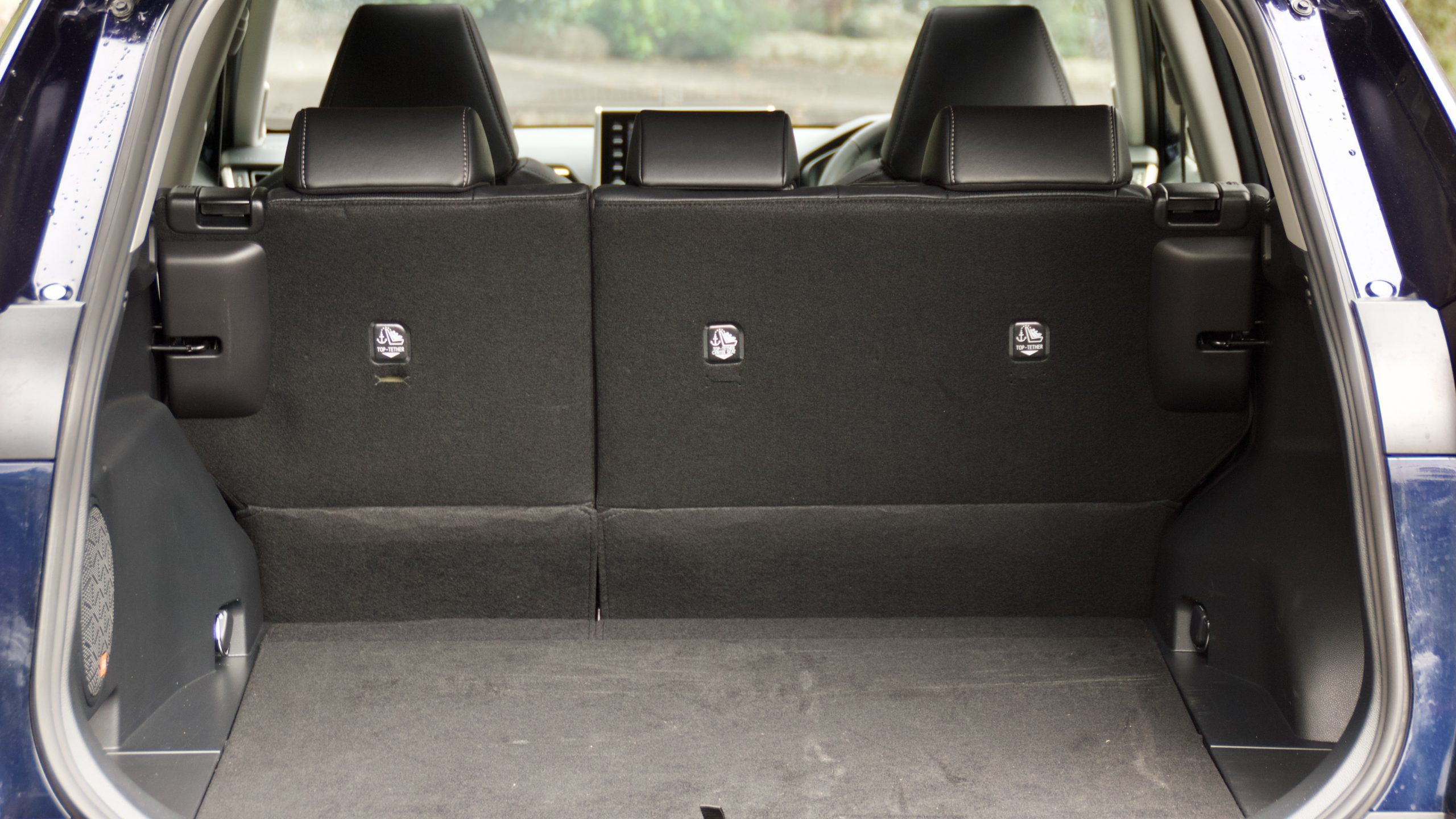
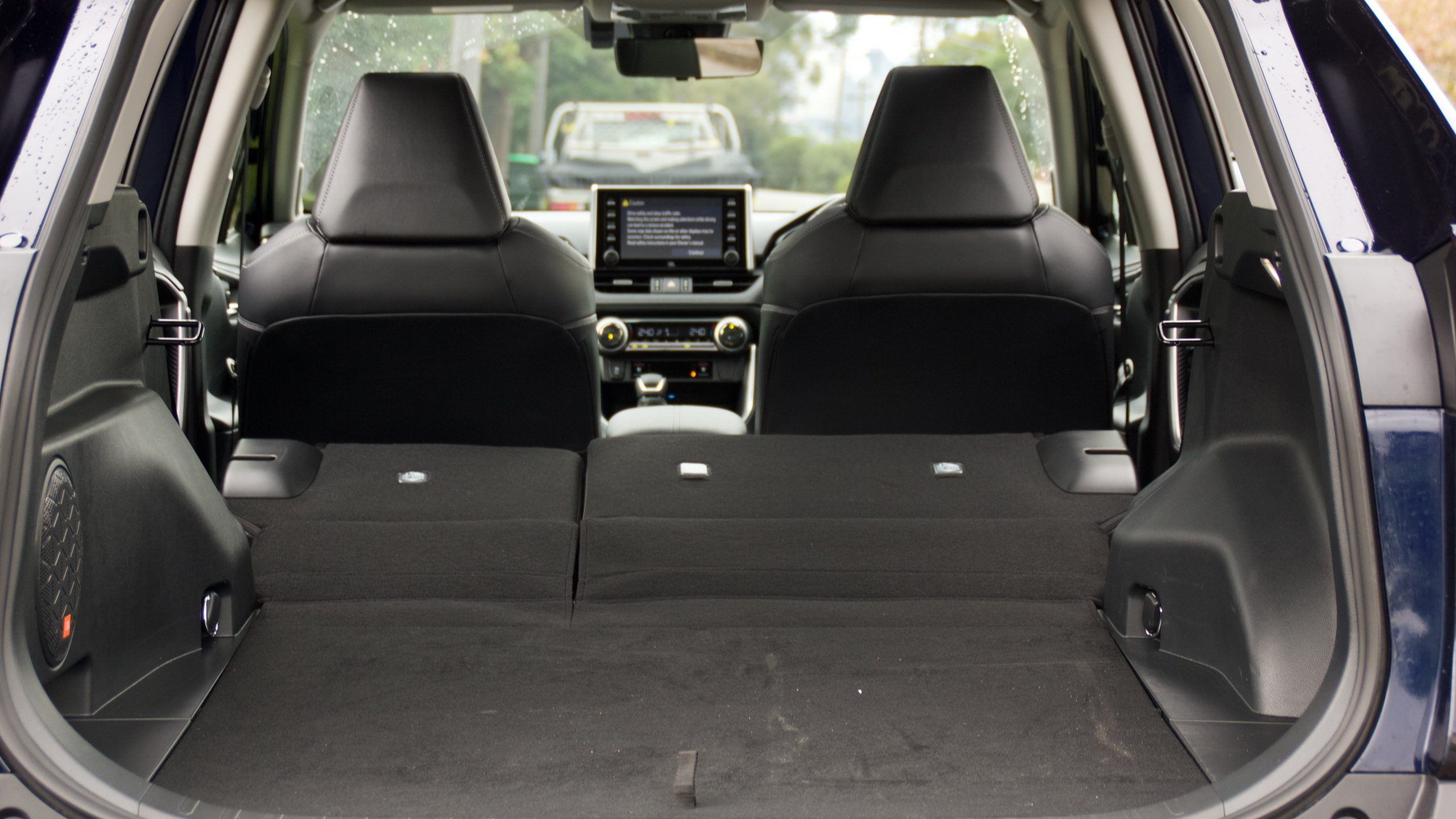
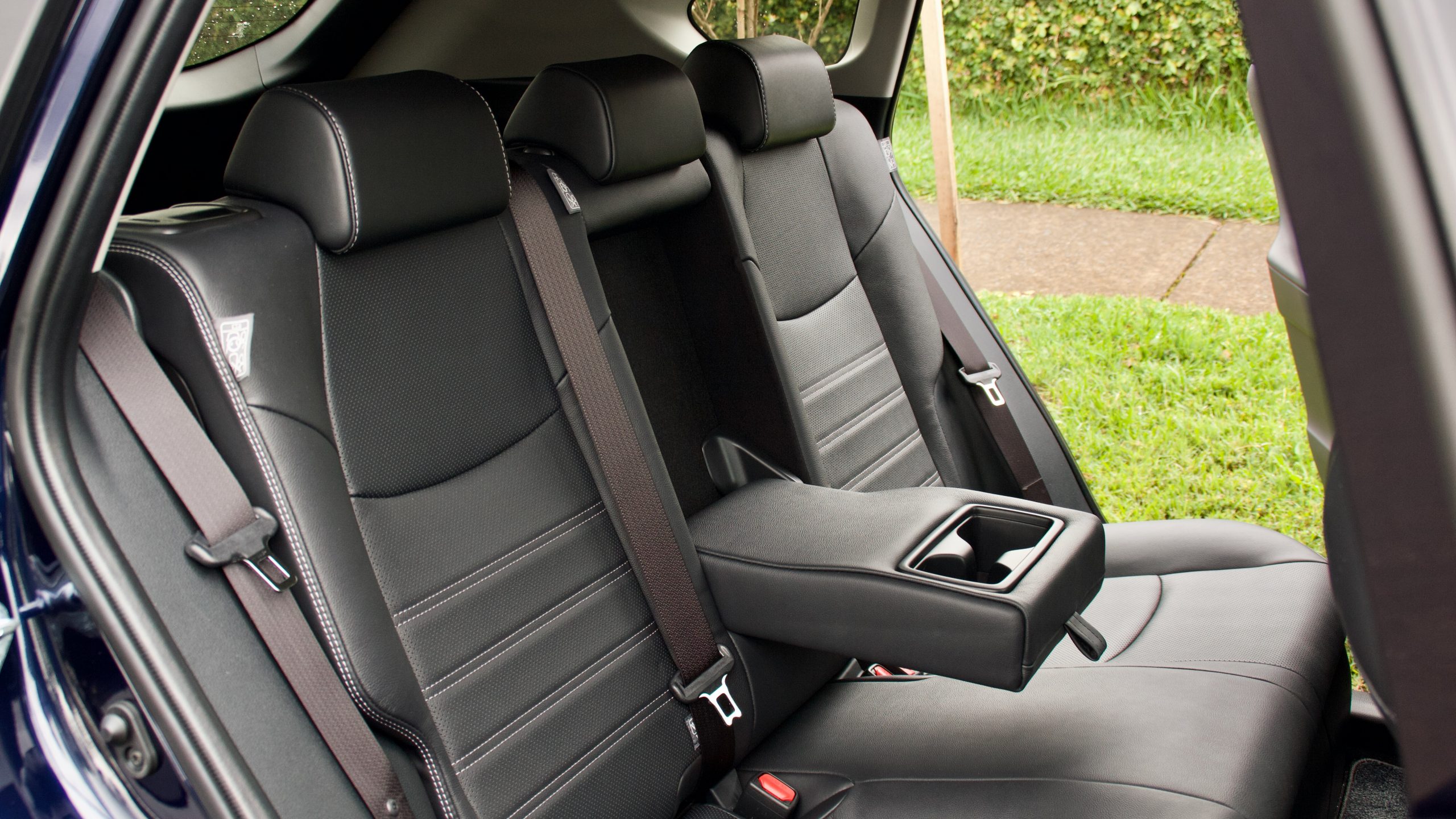
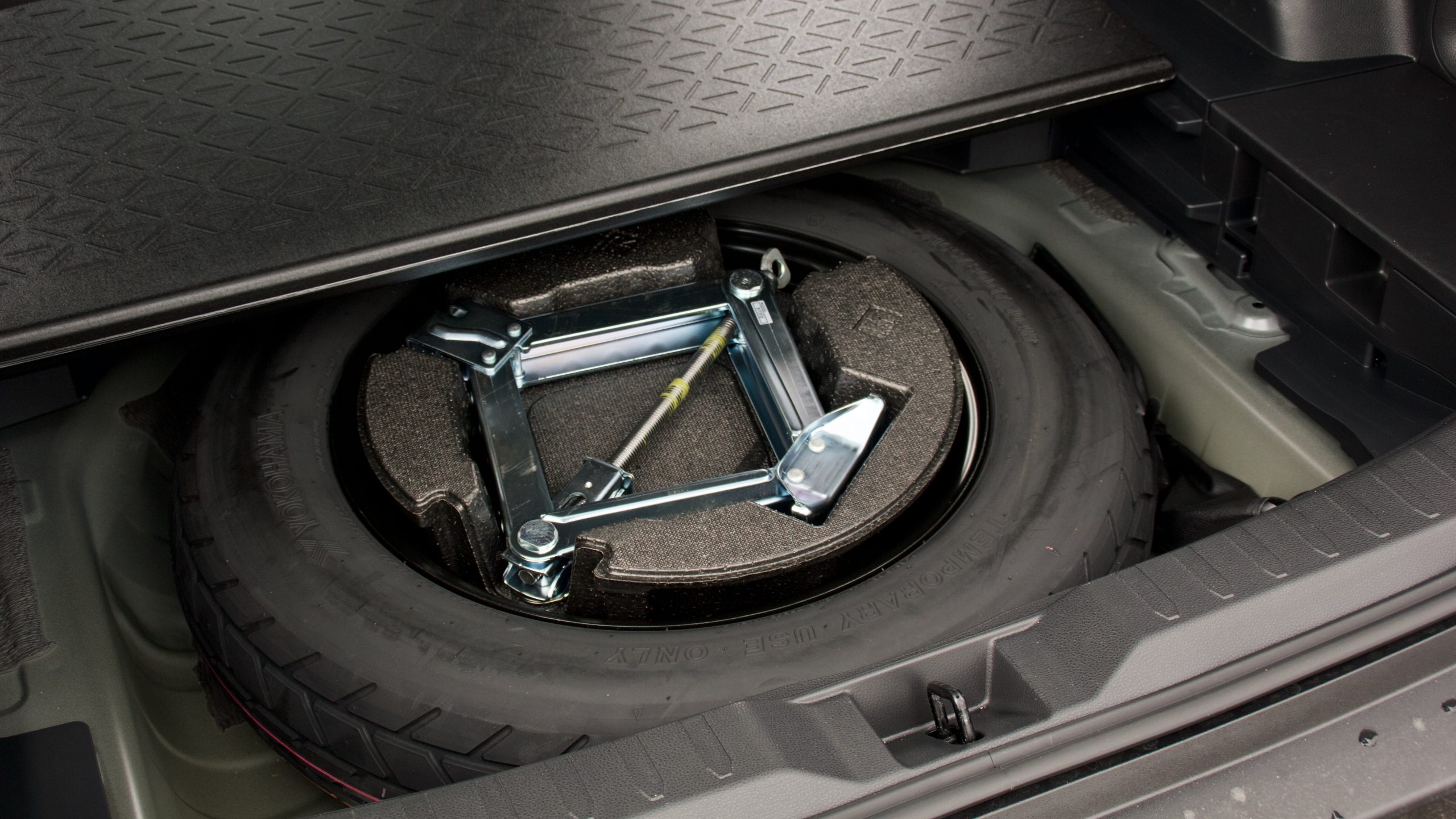
Measuring a large 580-litres with the rear seats up, it is smaller than the Haval H6 Hybrid (600L) but larger than the Sportage (543L), Tucson (539L), Forester Hybrid (498L) and the small CX-5 (432L). With the rear seats down the RAV4 Cruiser Hybrid has 1,690L of space—smaller than the Tucson (1,860L), Sportage (1,829L) and Forester Hybrid (1,779L) but larger than the Haval H6 Hybrid (1,485L) and Mazda CX-5 (1,342L). There are also four points to tie down items, and a couple of hidden storage spaces are useful for hiding things if needed.
Service & Warranty: 9/10
As we’ve come to expect from modern Toyota products, the 2022 Toyota RAV4 Cruiser Hybrid is in its own league in terms of running costs. It requires servicing yearly or every 15,000kms, whichever comes first. Each of the first five services cost a mere $230, which adds up to a total of $1,150 over the first five years/75,000km of ownership, undercutting key rivals and most other cars on the market. That’s in addition to Toyota’s five-year/unlimited km warranty – but Toyota will extend this to seven years for the drivetrain if serviced at Toyota. There is also a 10-year warranty for the battery – though no roadside assistance at all, unfortunately.
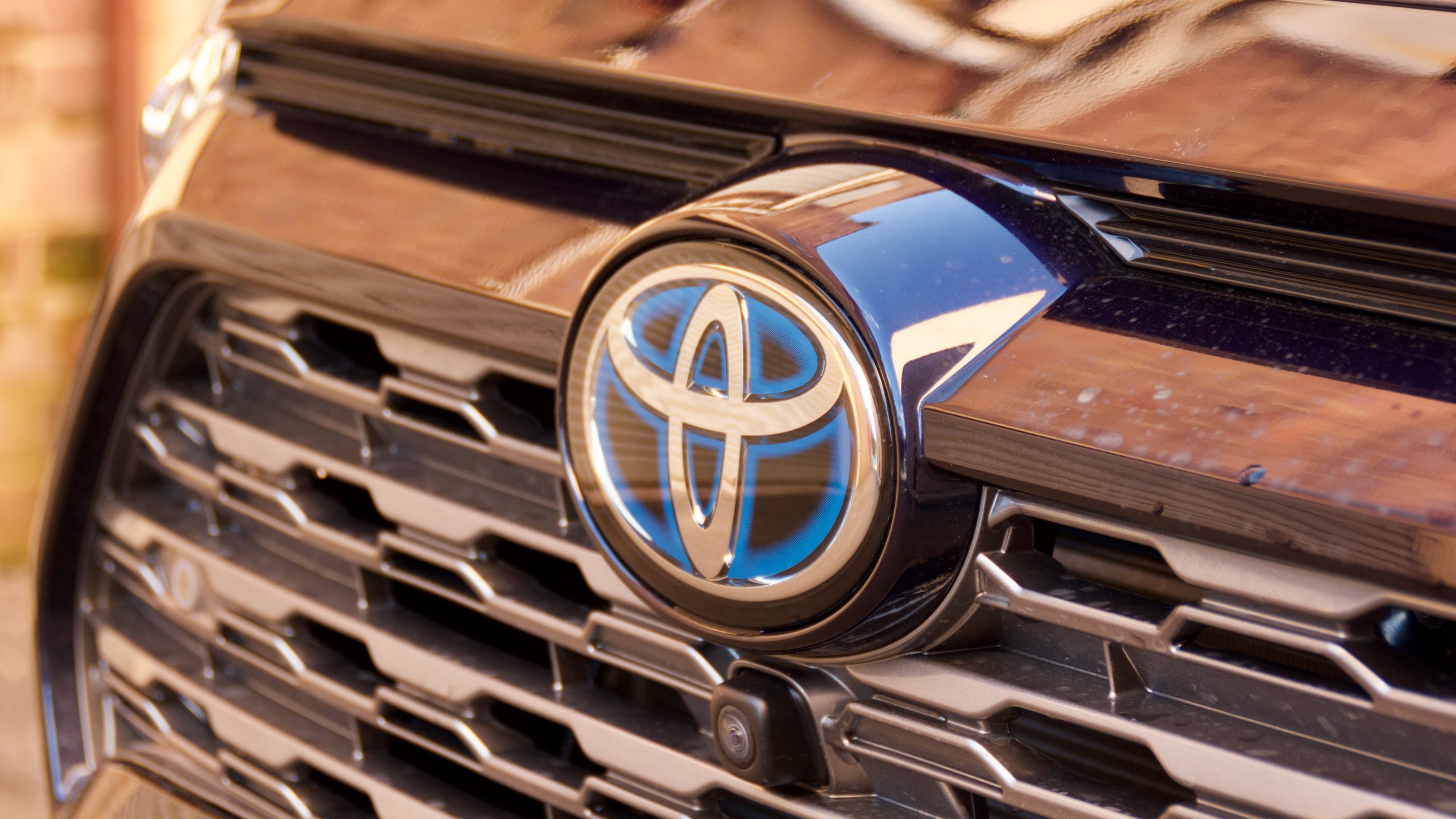
By comparison, the Tucson costs $1,595 to service over the first five years/75,000km, matching the RAV4’s 15,000kms service intervals but most other rivals have shorter service intervals than the RAV4. The H6 Hybrid costs $1,650 to service over the first five years/50,000kms, the Forester Hybrid costs$2,439.60 over five years/62,500kms, the CX-5 costs $1,810 over five years/50,000kms and the Kia Sportage costs $2,465 over the five years/50,000kms.
The 2022 Toyota RAV4 Cruiser Hybrid 2WD DiscoverAuto Rating: 8.4/10
The 2022 Toyota RAV4 Cruiser Hybrid is a great all-rounder. While the 2022 update wasn’t revolutionary, it has certainly added some useful features. It is such an easy car to live with in a lot of ways being comfortable to drive, with competent handling, and when pushed can even be enjoyable. The interior is hugely practical, thoughtful and very well put together. There are negatives, however. The infotainment and driver’s displays are dated, as are the reversing and 360 degree cameras. The interior isn’t quite on par with some rivals and we think roadside assistance should be included.
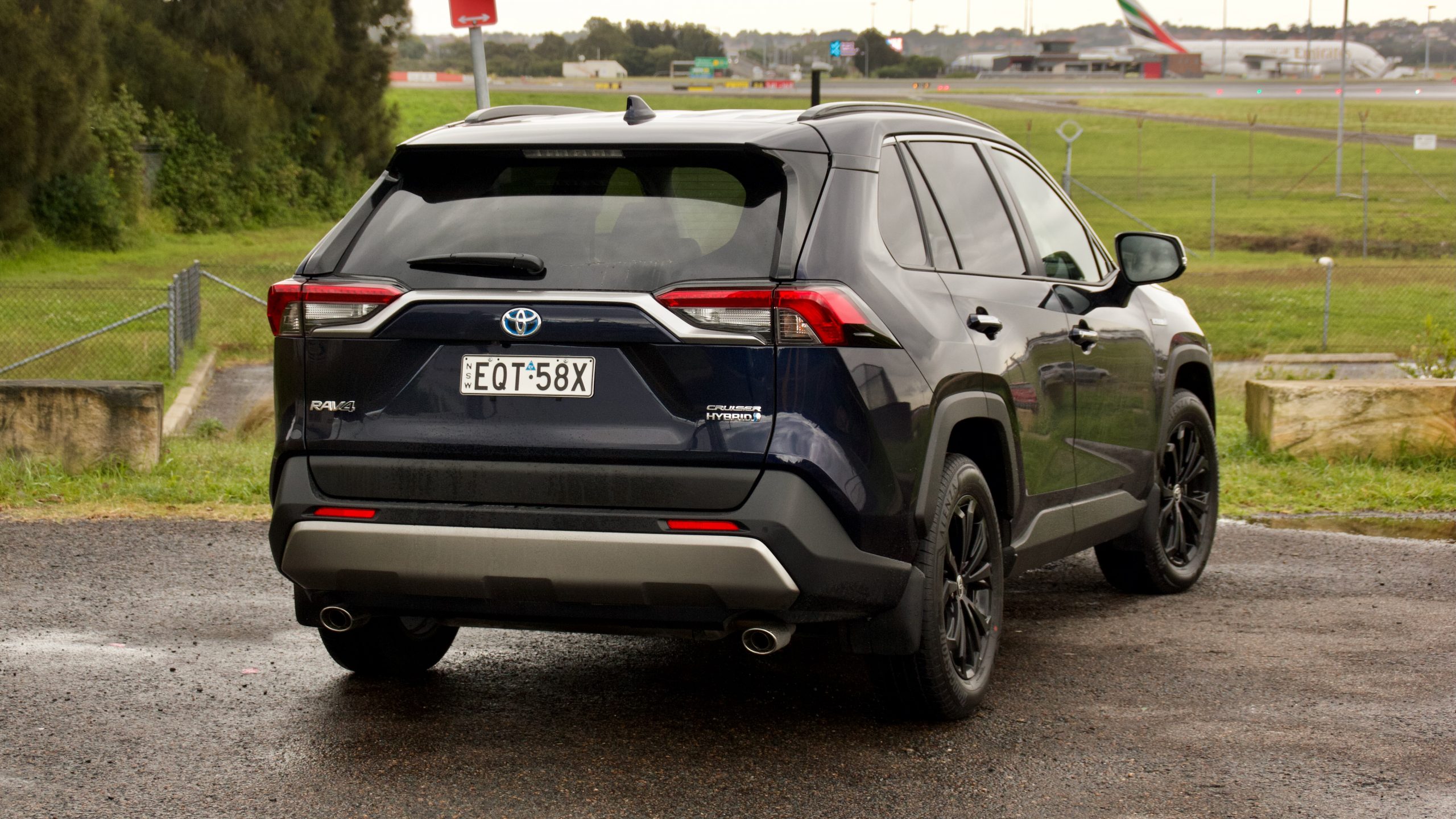
Despite these negatives, what really sells the RAV4 Cruiser Hybrid, is the drivetrain. Toyota’s hybrid system is just so good at being unobtrusive but also offering fantastic real world fuel economy. This, combined with the low running costs, mean the RAV4 Hybrid makes a lot of sense. But then comes the inevitable question: are all the positives enough to justify waiting 18 to 24 months for delivery? If you desperately want a hybrid—and we don’t blame you for that—it might be. For others who are less fussed about fuel savings, there are plenty similarly sized SUVs which are well worth your consideration, with far shorter wait times.
Written by David Diekman
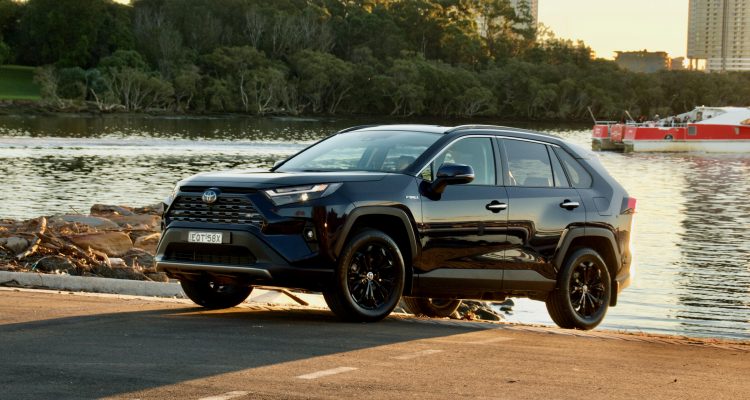
Leave a Reply